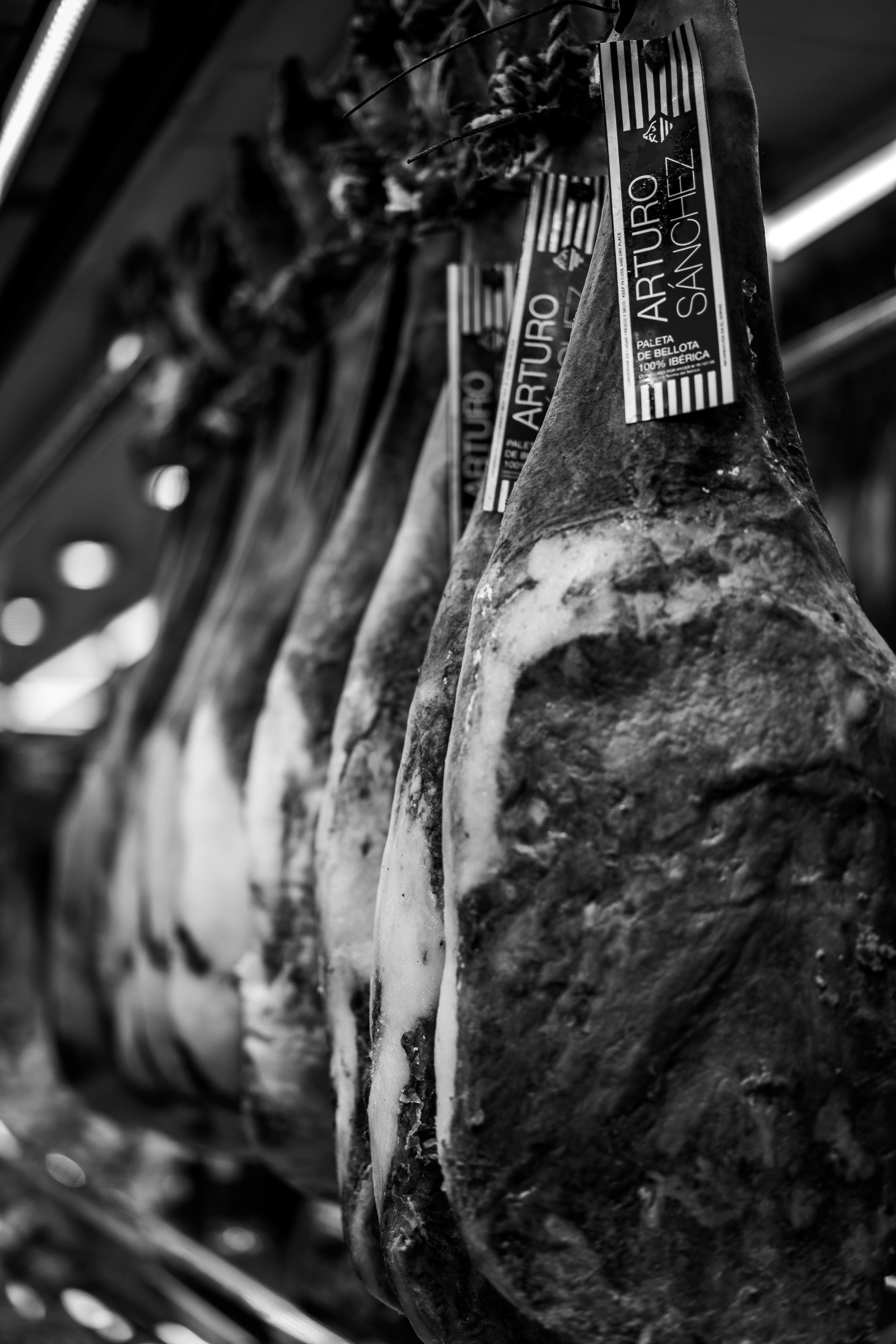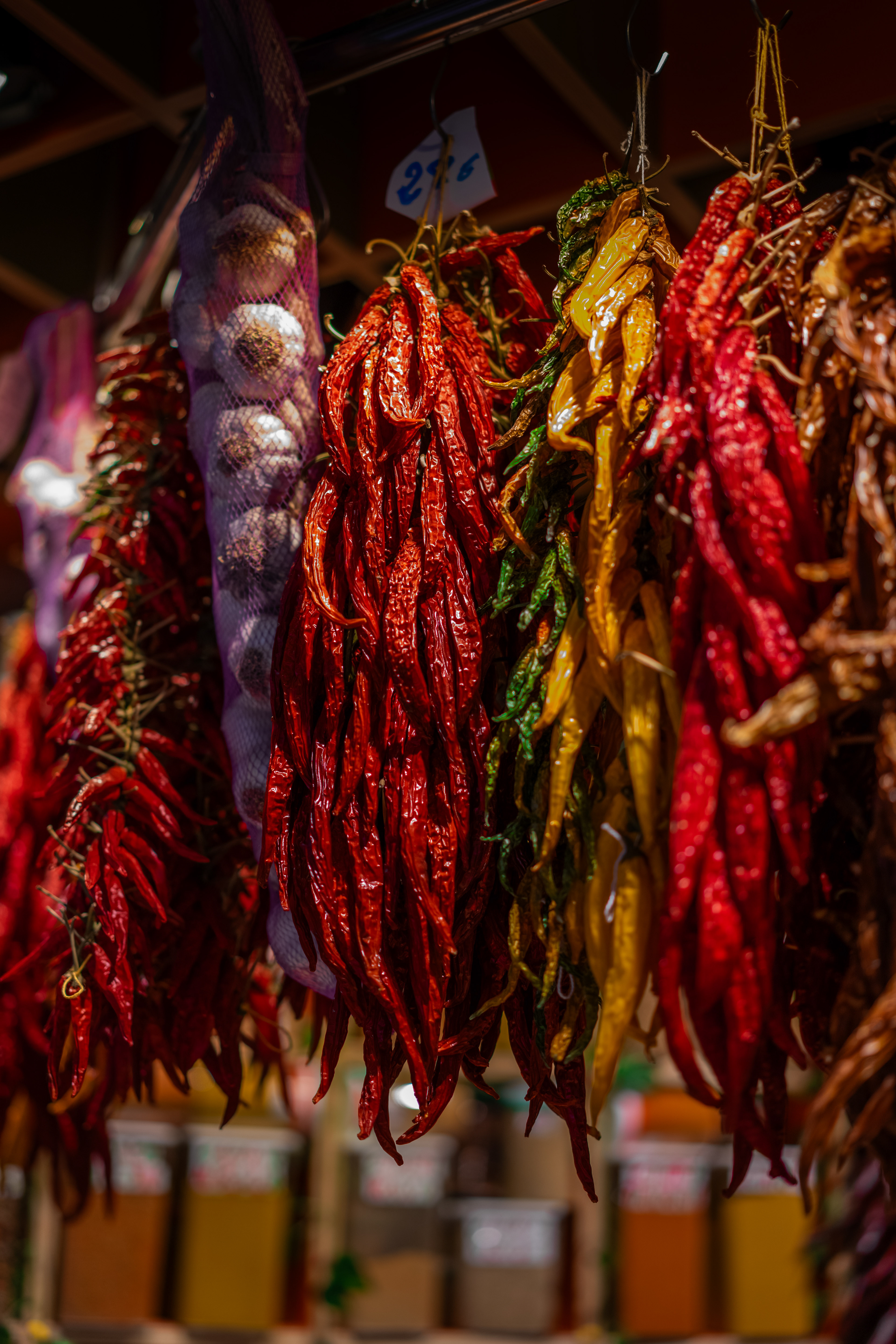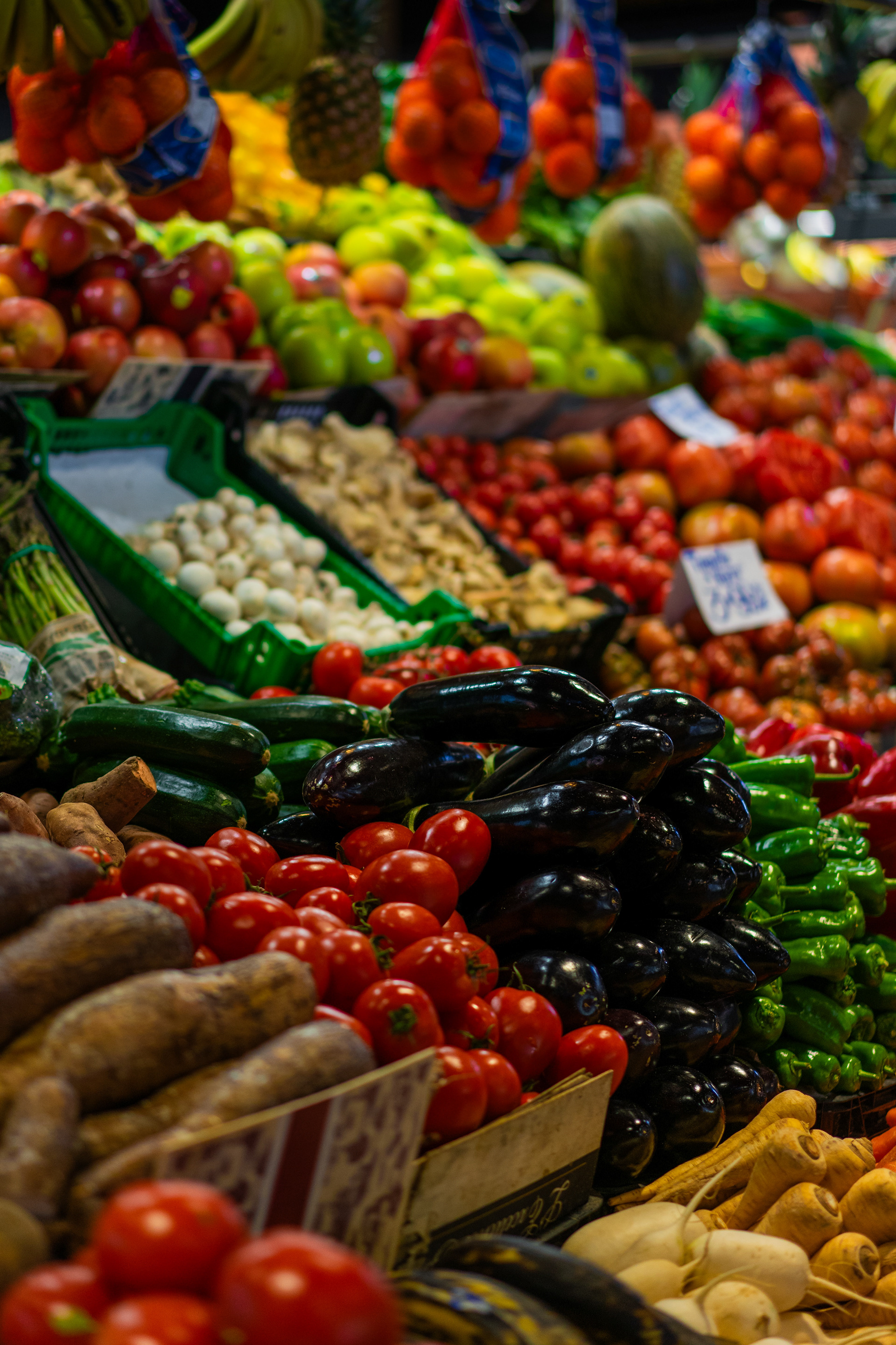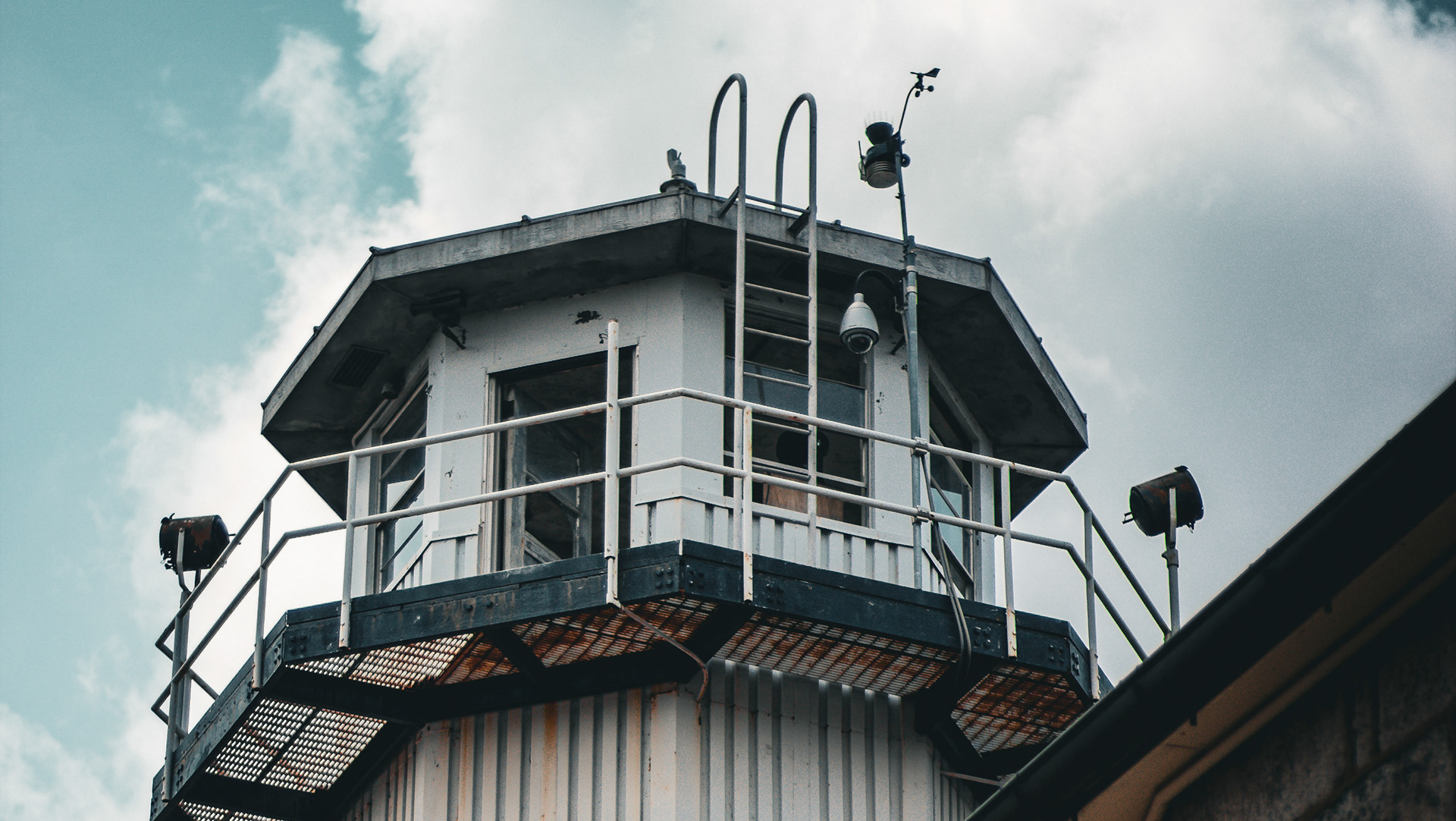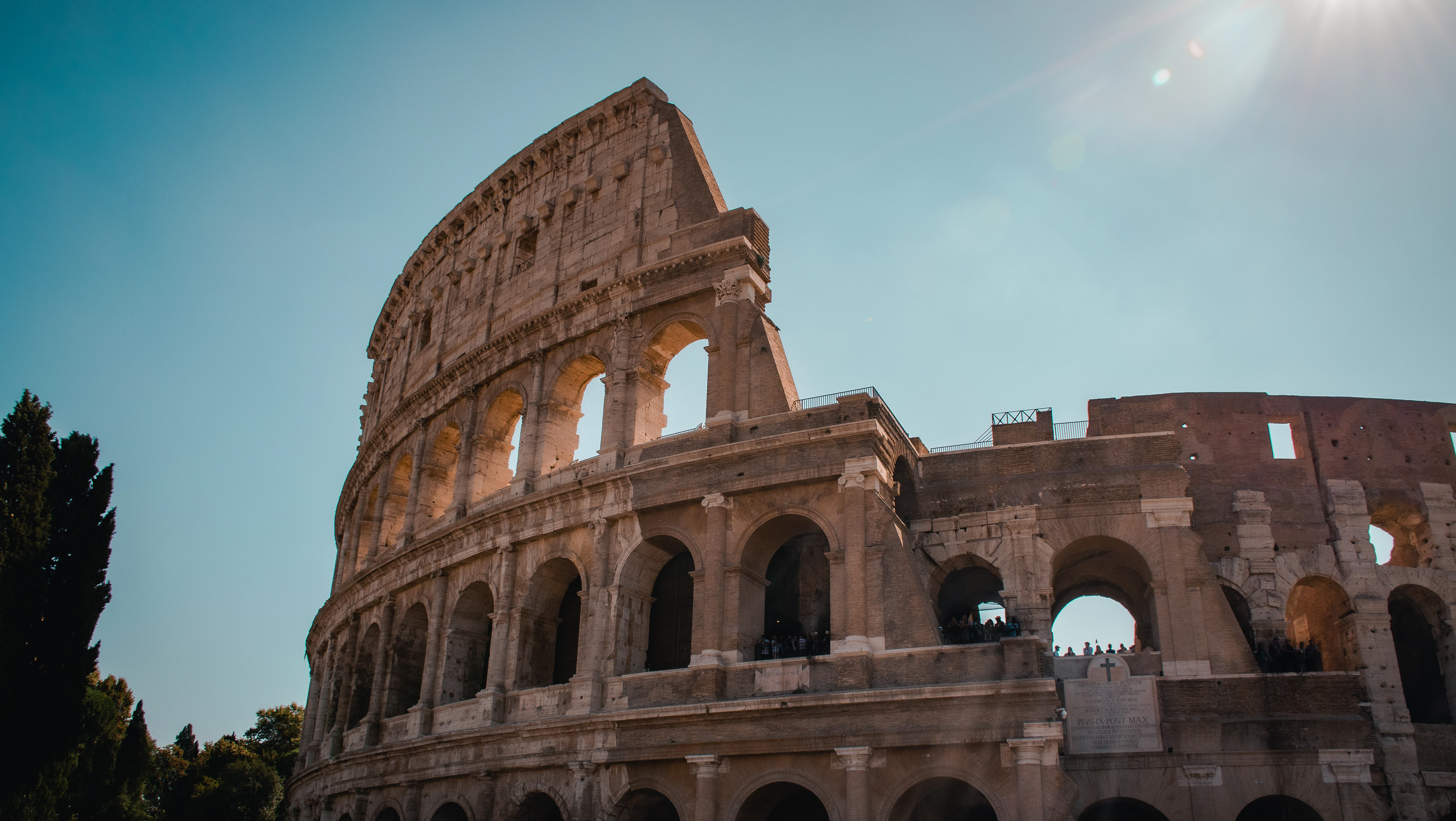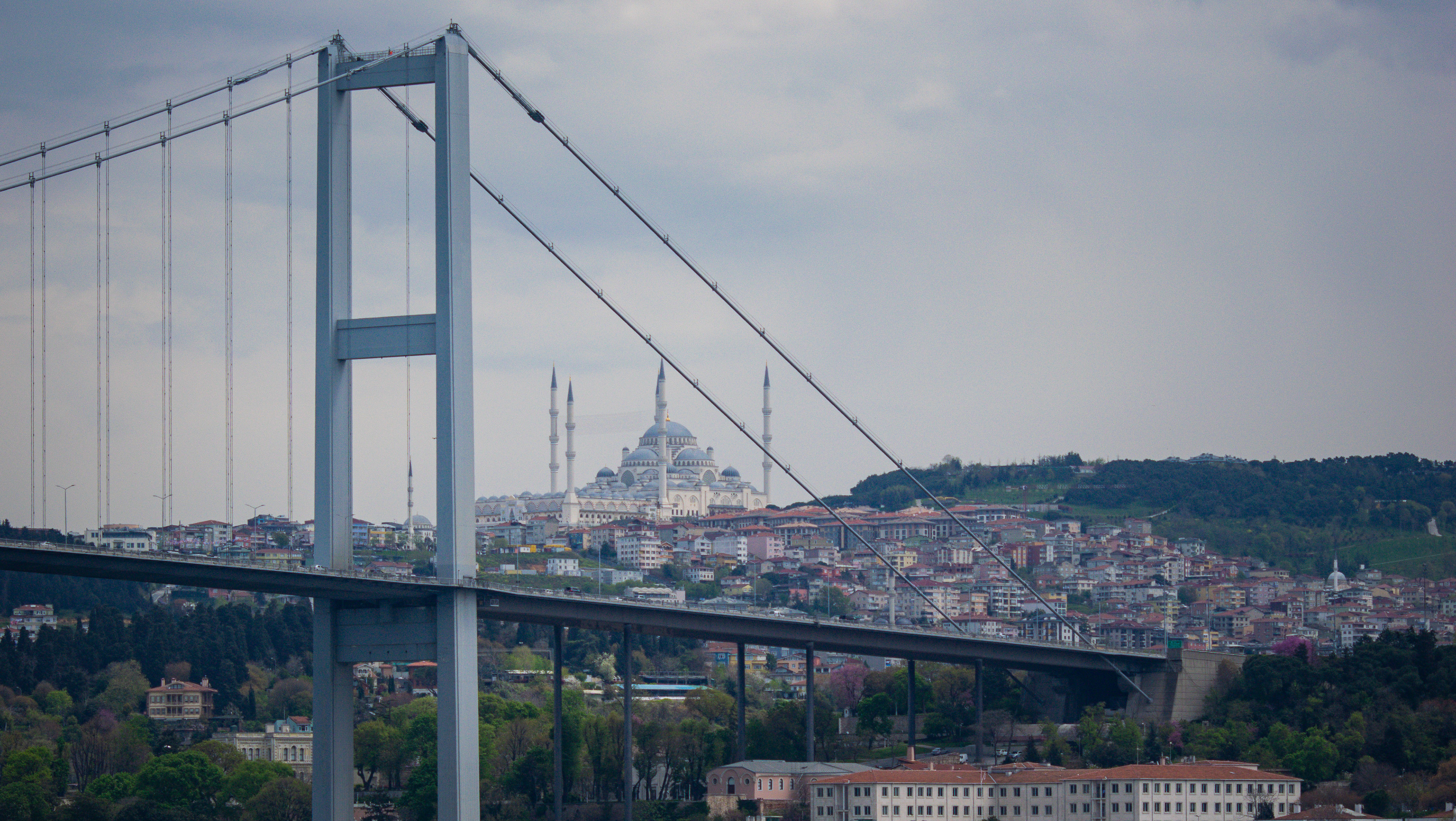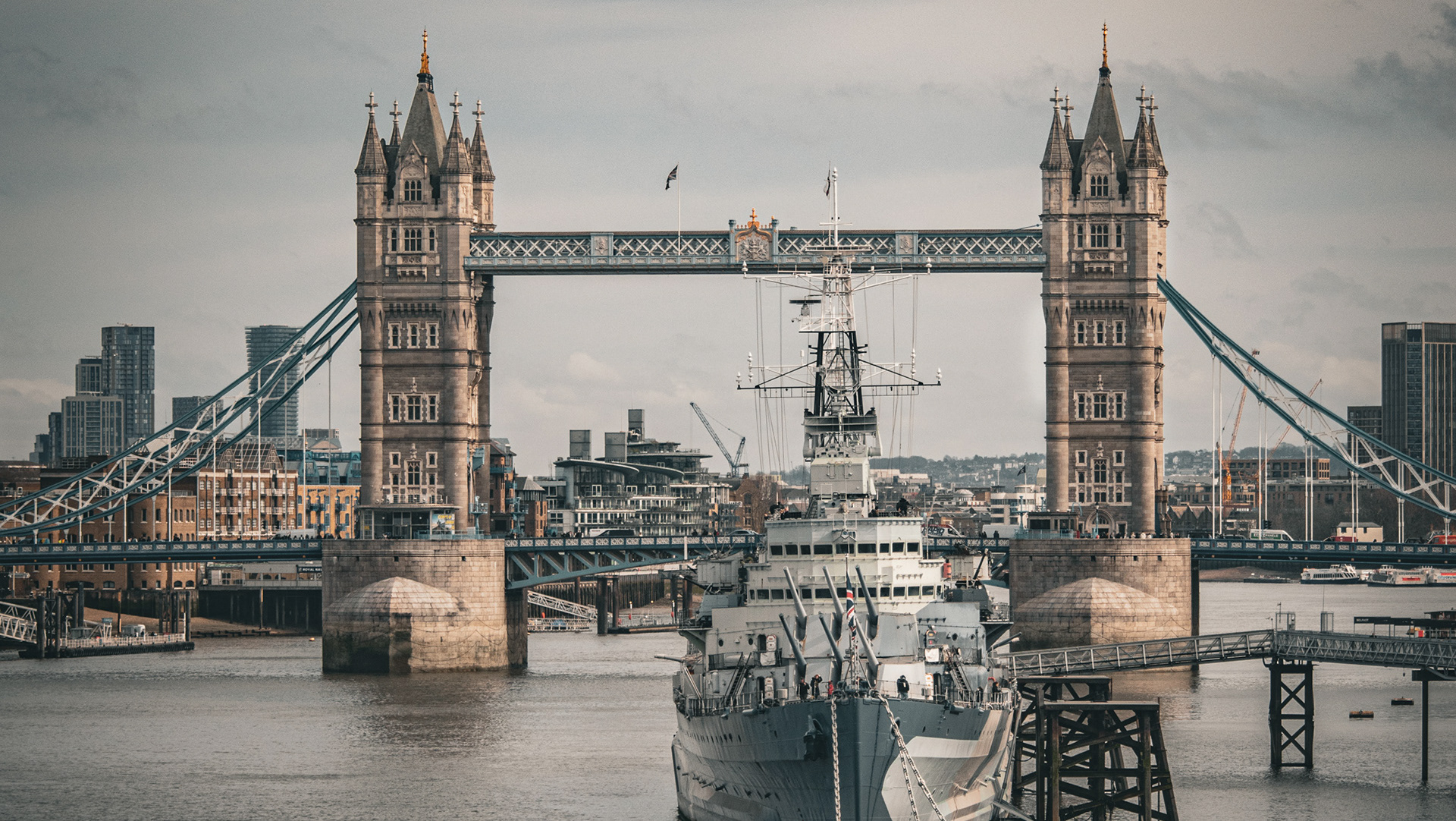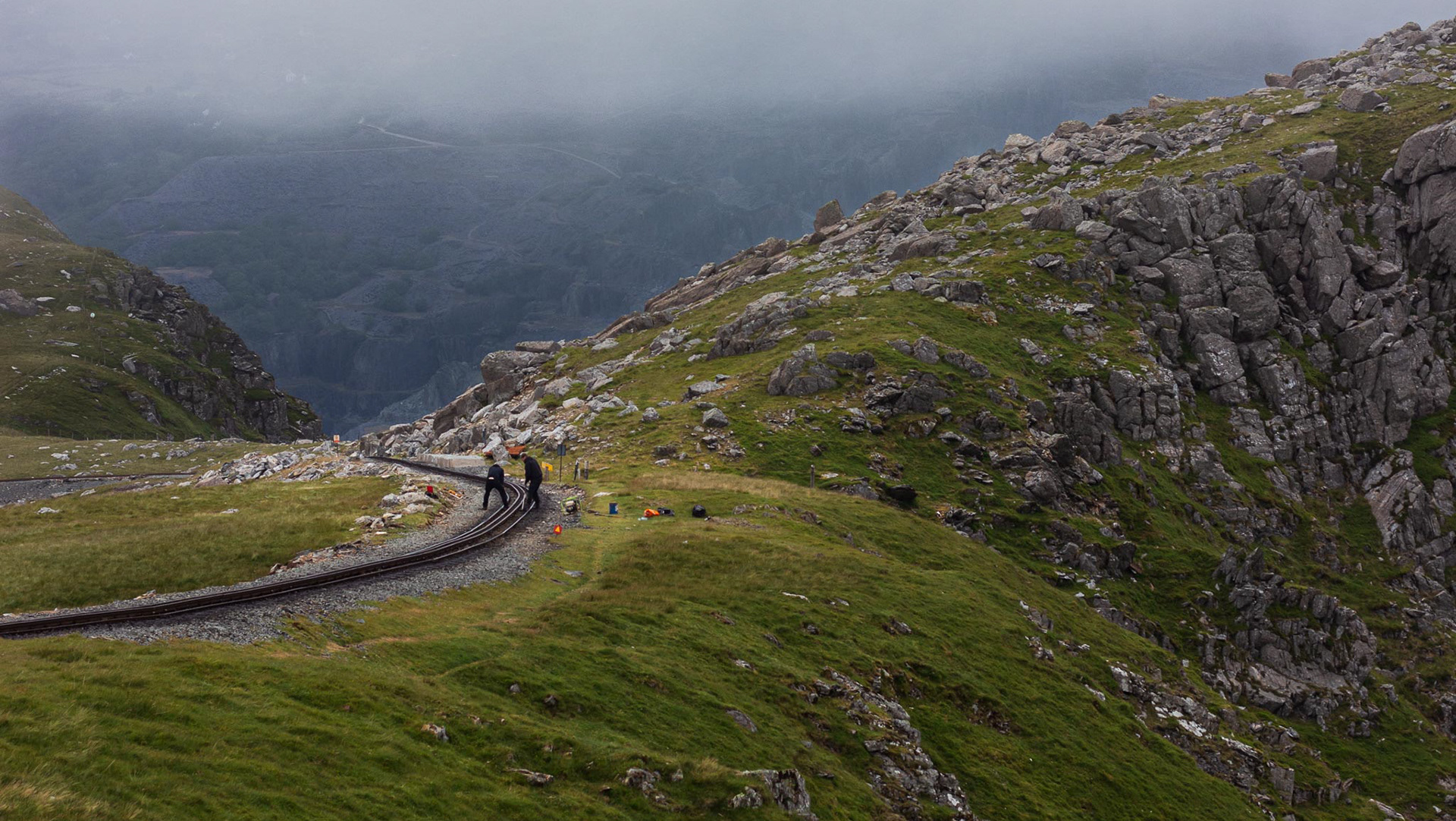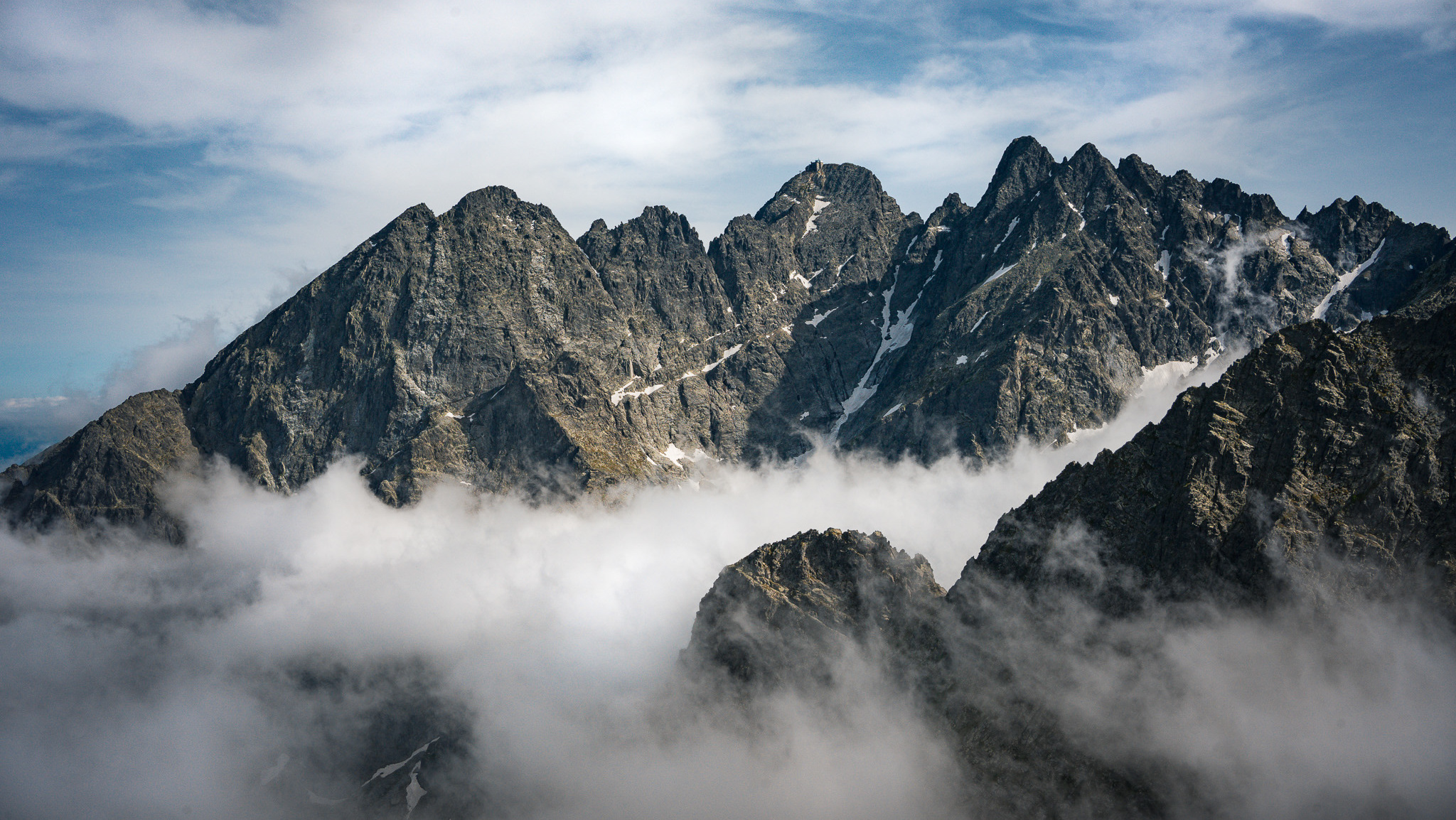Montserrat is a multi-peaked mountain range near Barcelona, in Catalonia, Spain. It is part of the Catalan Pre-Coastal Range. The main peaks are Sant Jeroni, Montgrós and Les Agulles. It is well known as the site of the Benedictine abbey, Santa Maria de Montserrat, which hosts the Virgin of Montserrat sanctuary.
The stone from the mountain is also used for the construction of Sagrada Familia, though recently, the stone began to become more fragile the deeper they quarried, so an alternative source had to be found to complete the construction. In 2018, the stone type needed for the construction was found in a quarry in Brinscall, near Chorley, England.
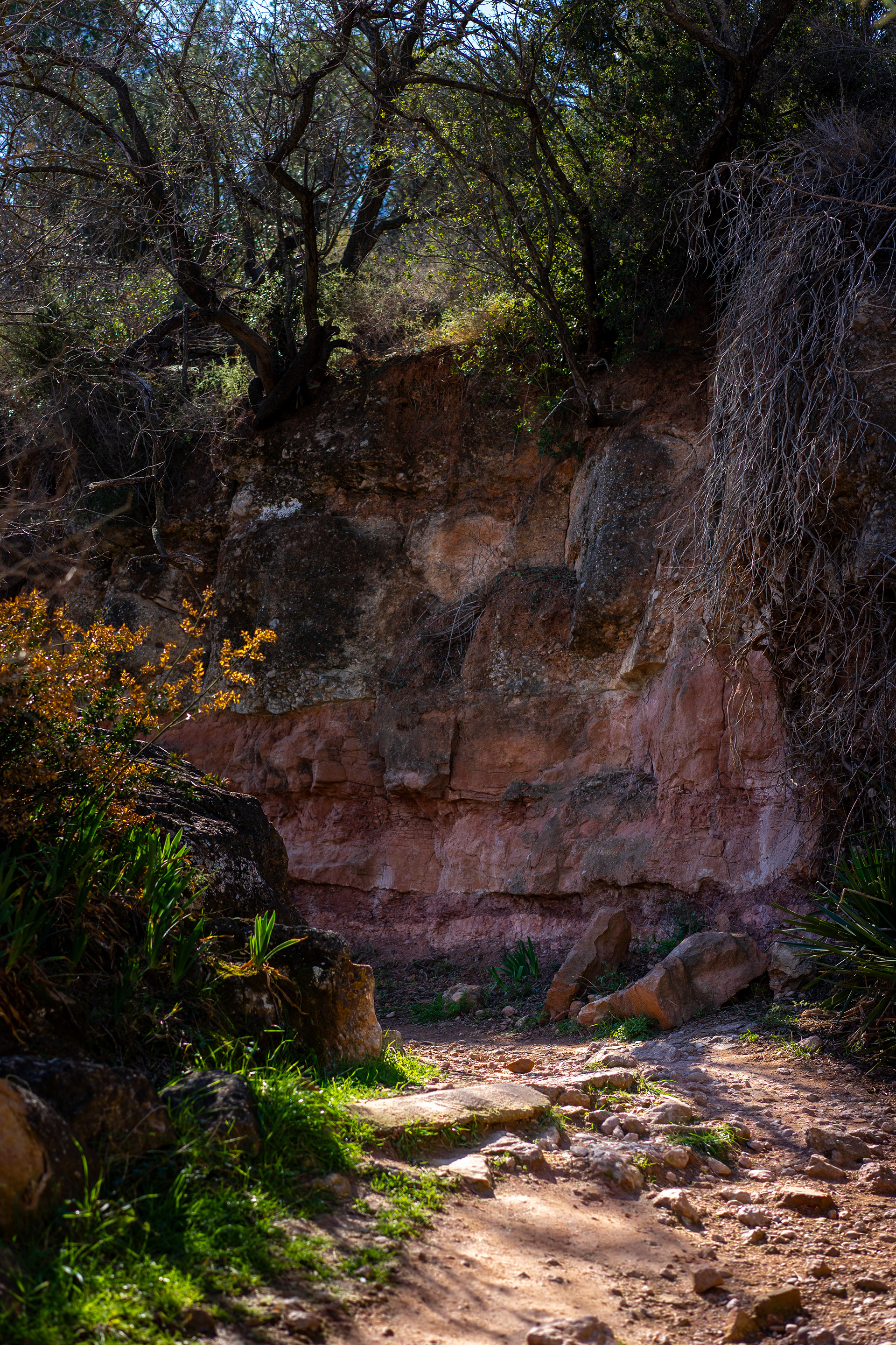

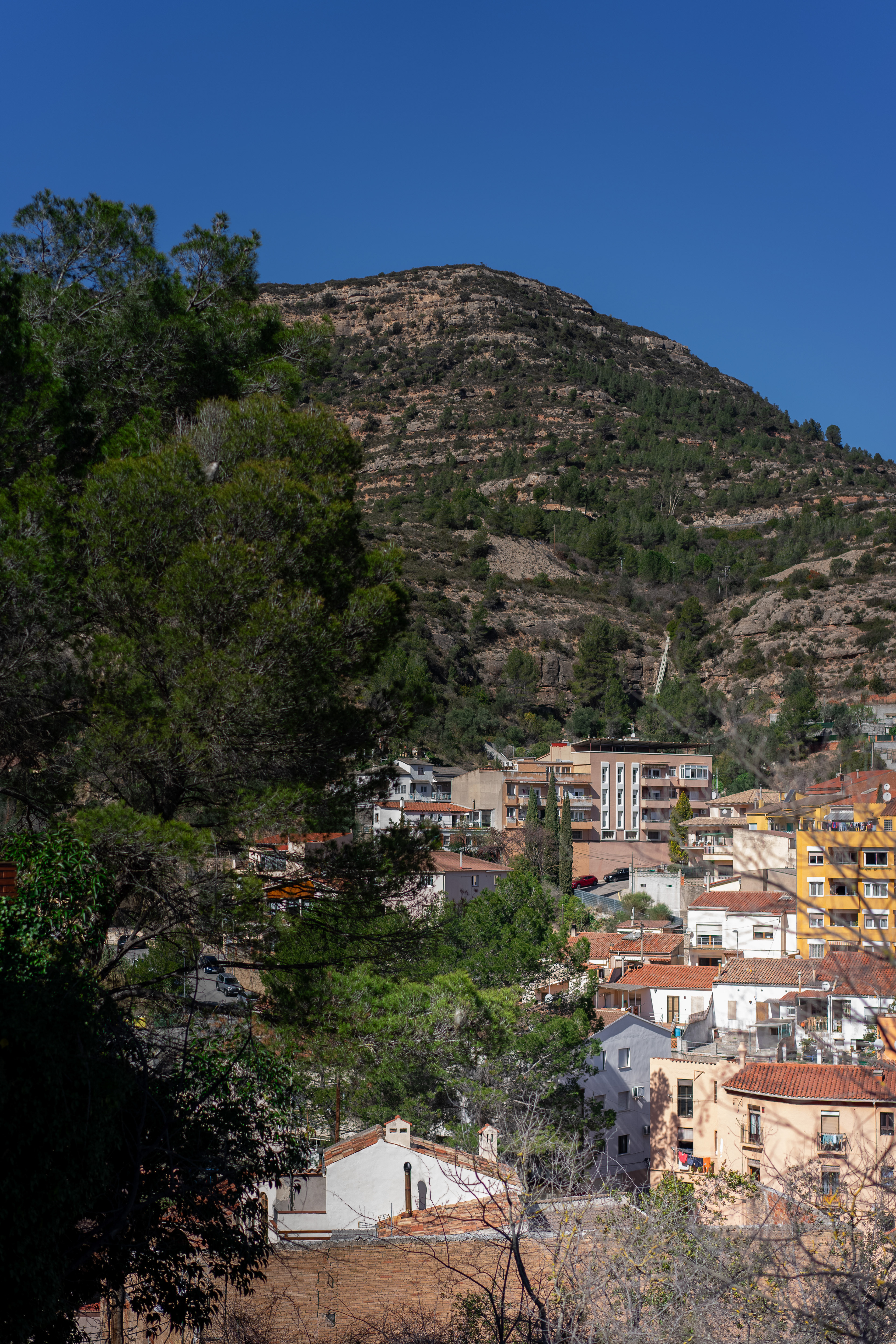
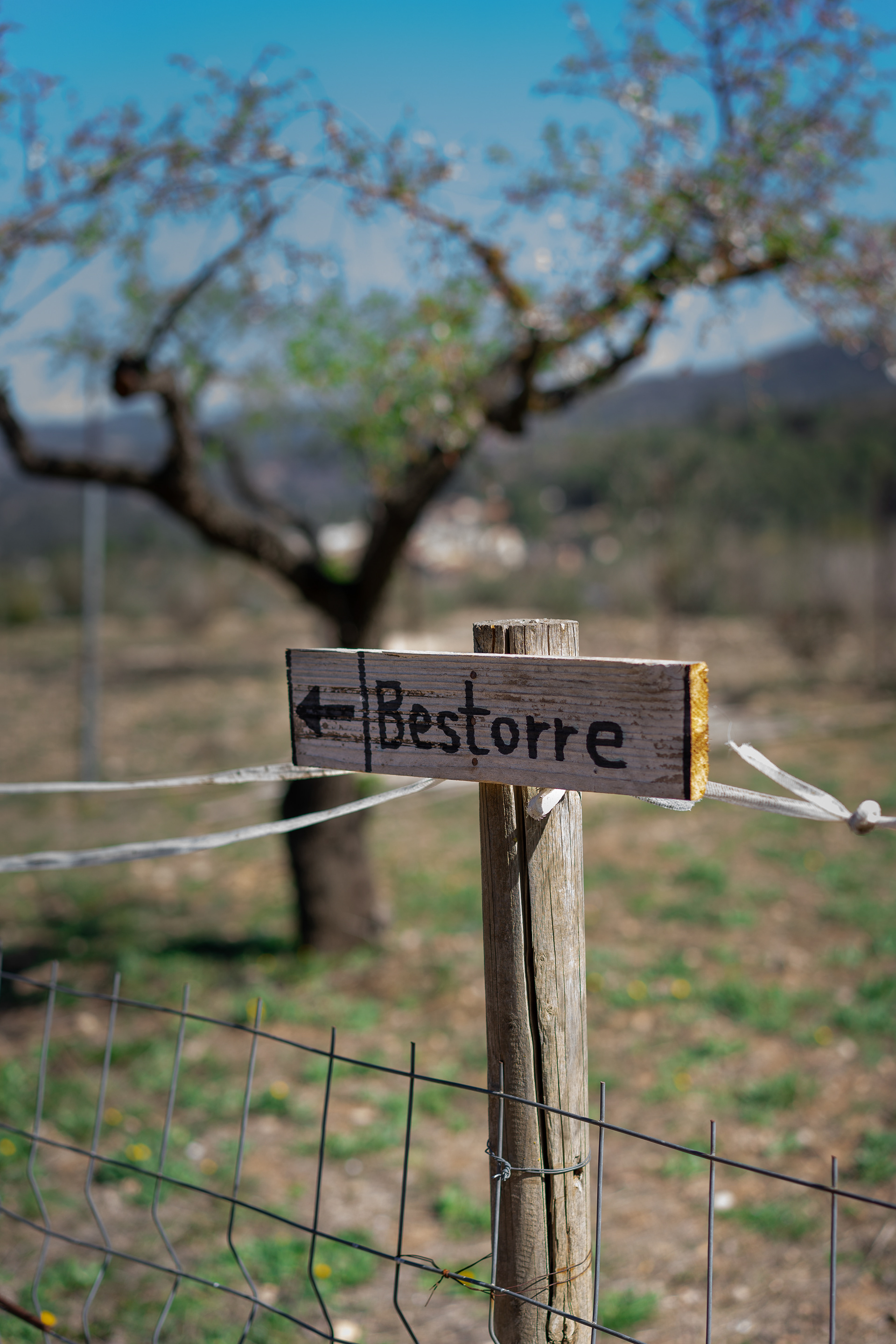
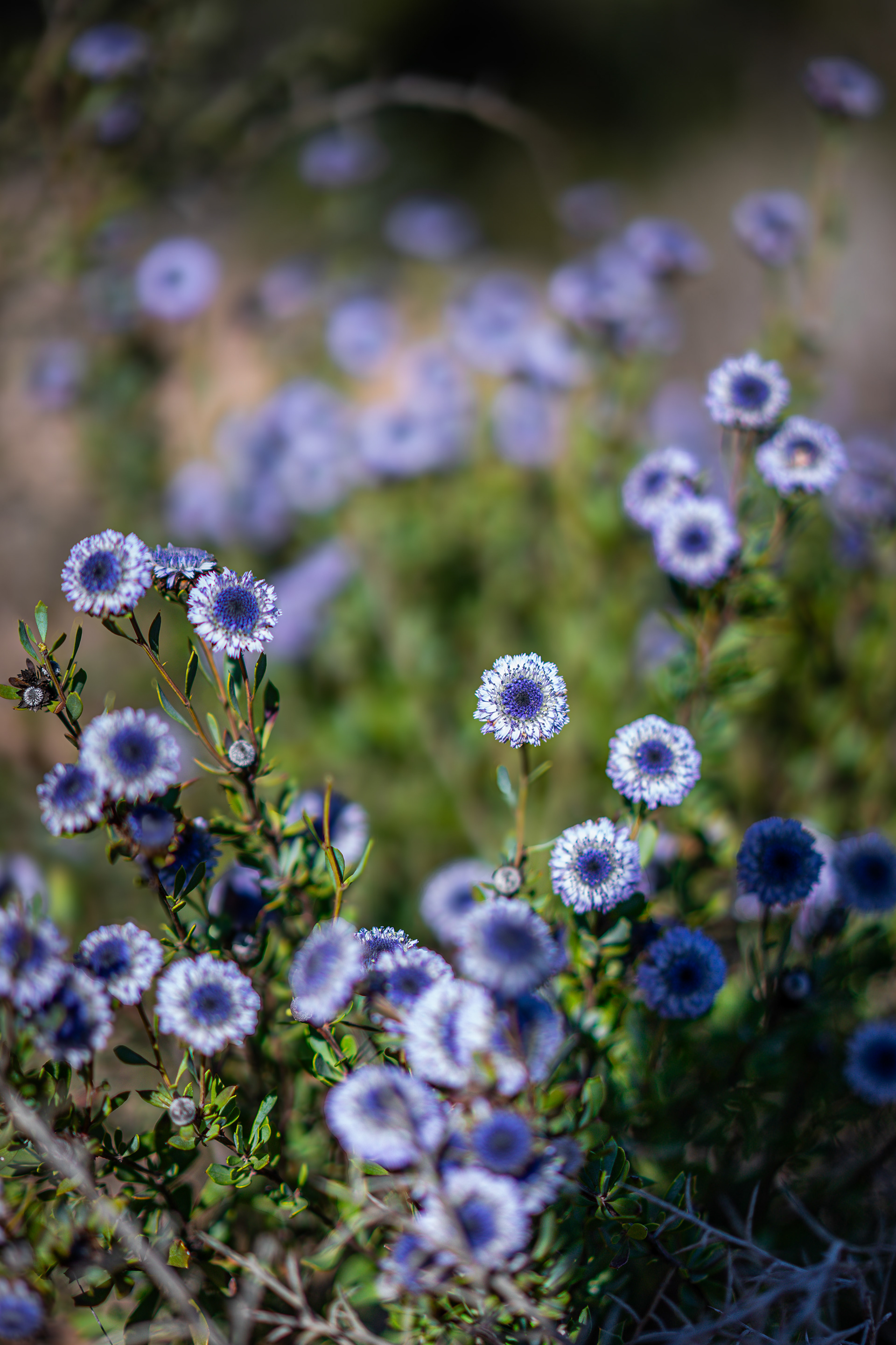

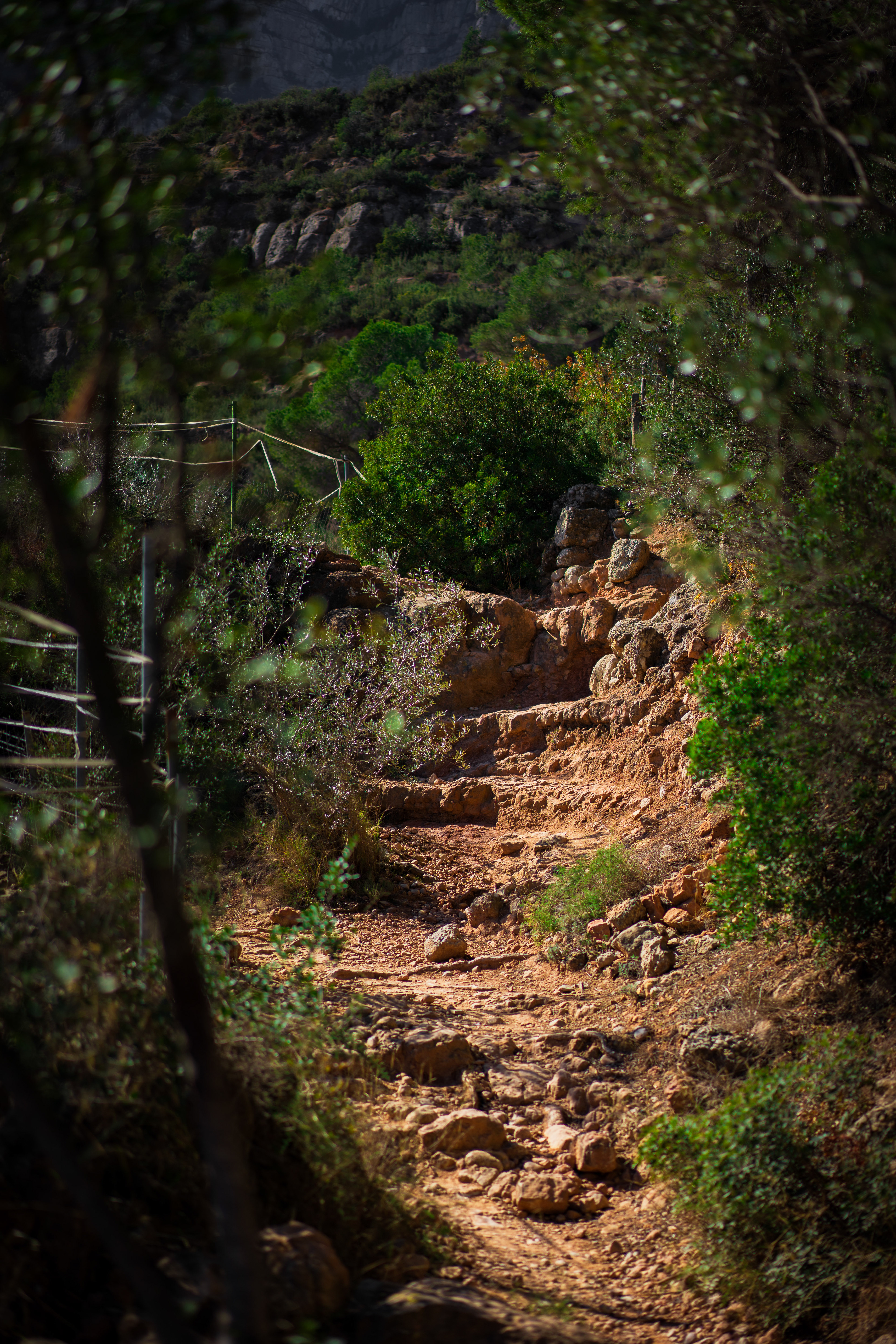
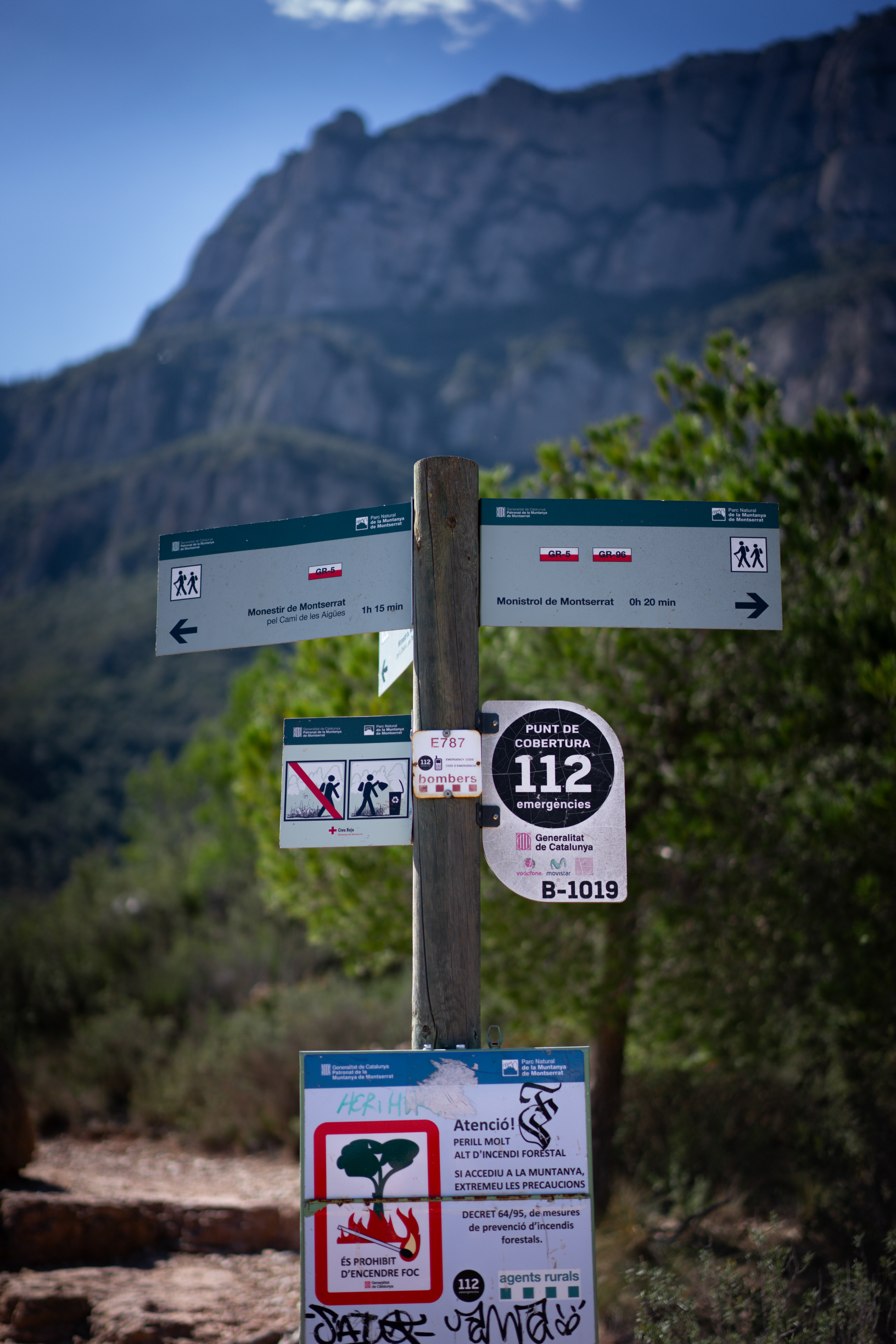


"Montserrat" literally means "serrated mountain" in Catalan. It describes its peculiar aspect with a multitude of rock formations that are visible from a great distance. The mountain is composed of strikingly pink conglomerate, a form of sedimentary rock.
Montserrat was designated as a National Park in 1987. The Monastery of Montserrat which houses the virgin that gives its name to the monastery is also on the mountain, although it is also known as La Moreneta. In 1493, Christopher Columbus named the Caribbean island of Montserrat Santa Maria de Monserrate, after the Virgin of Montserrat.
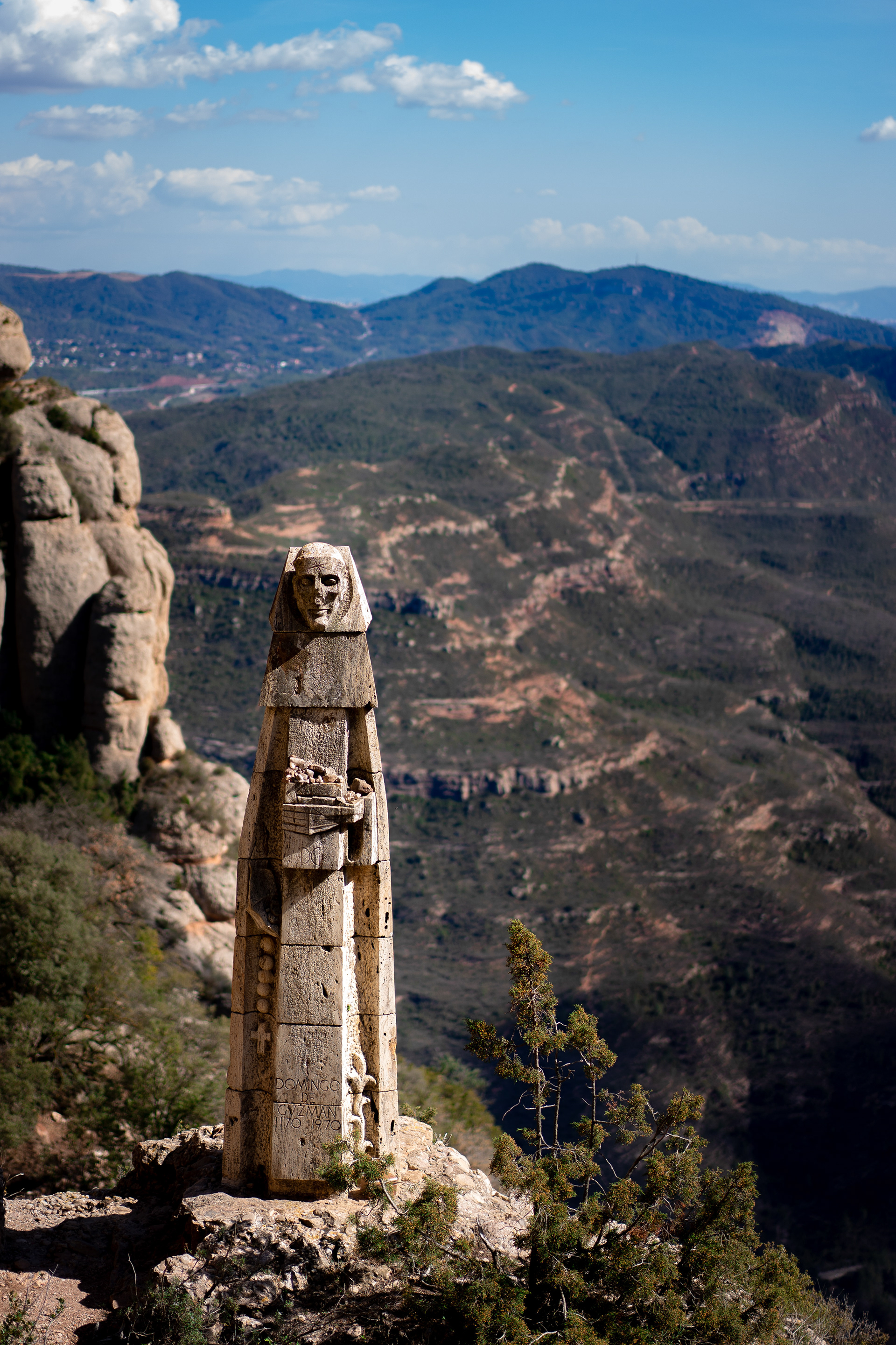
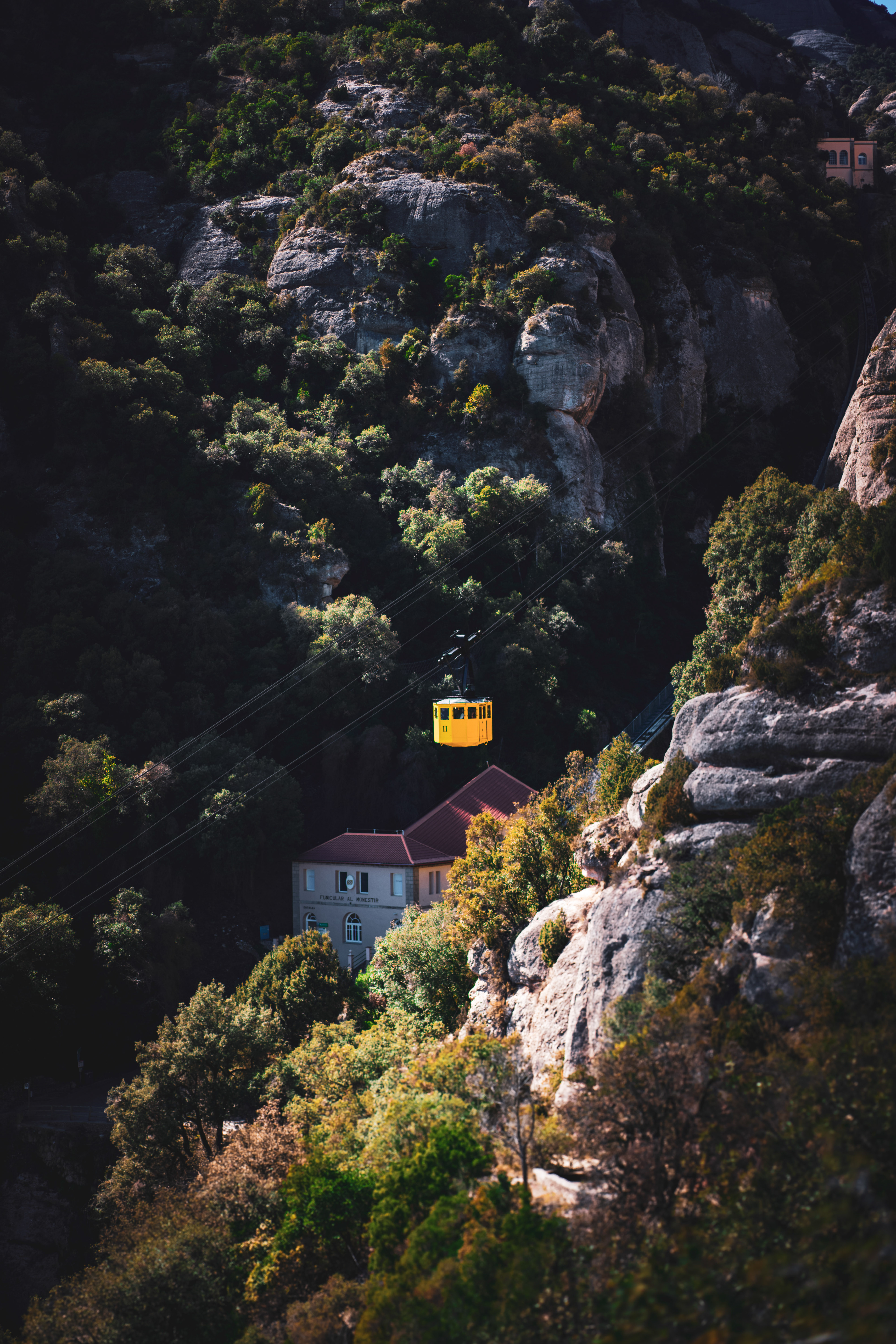
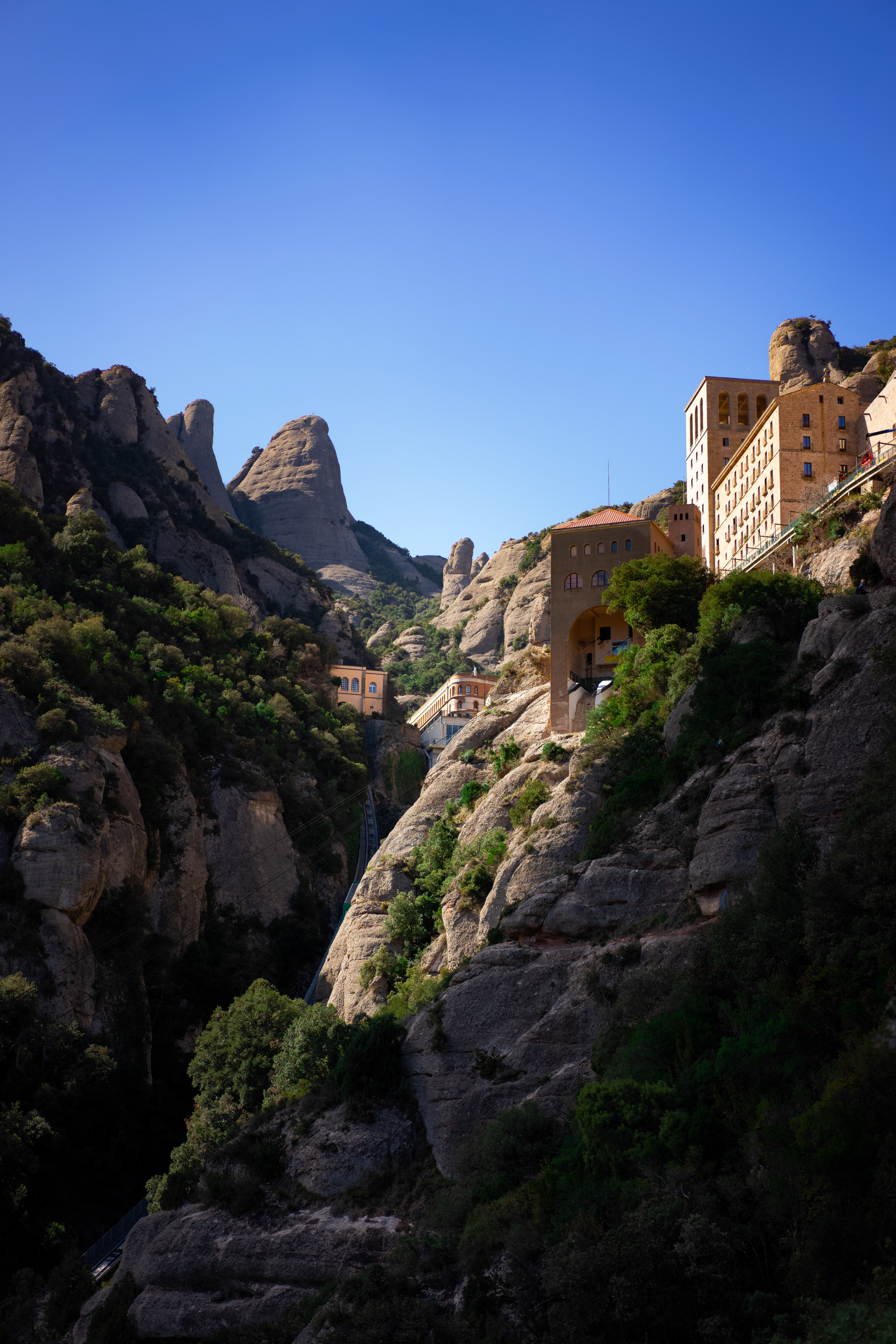
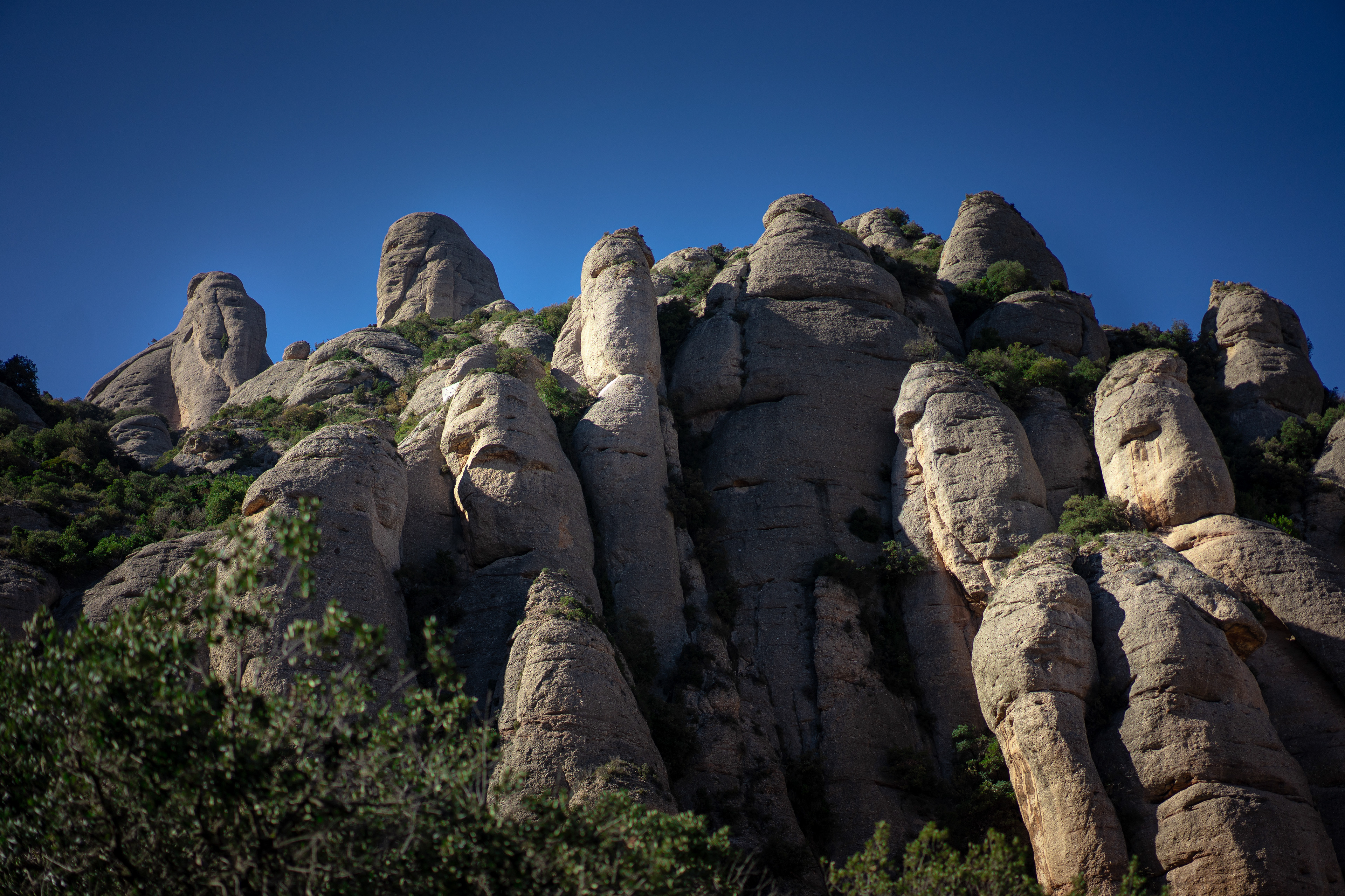
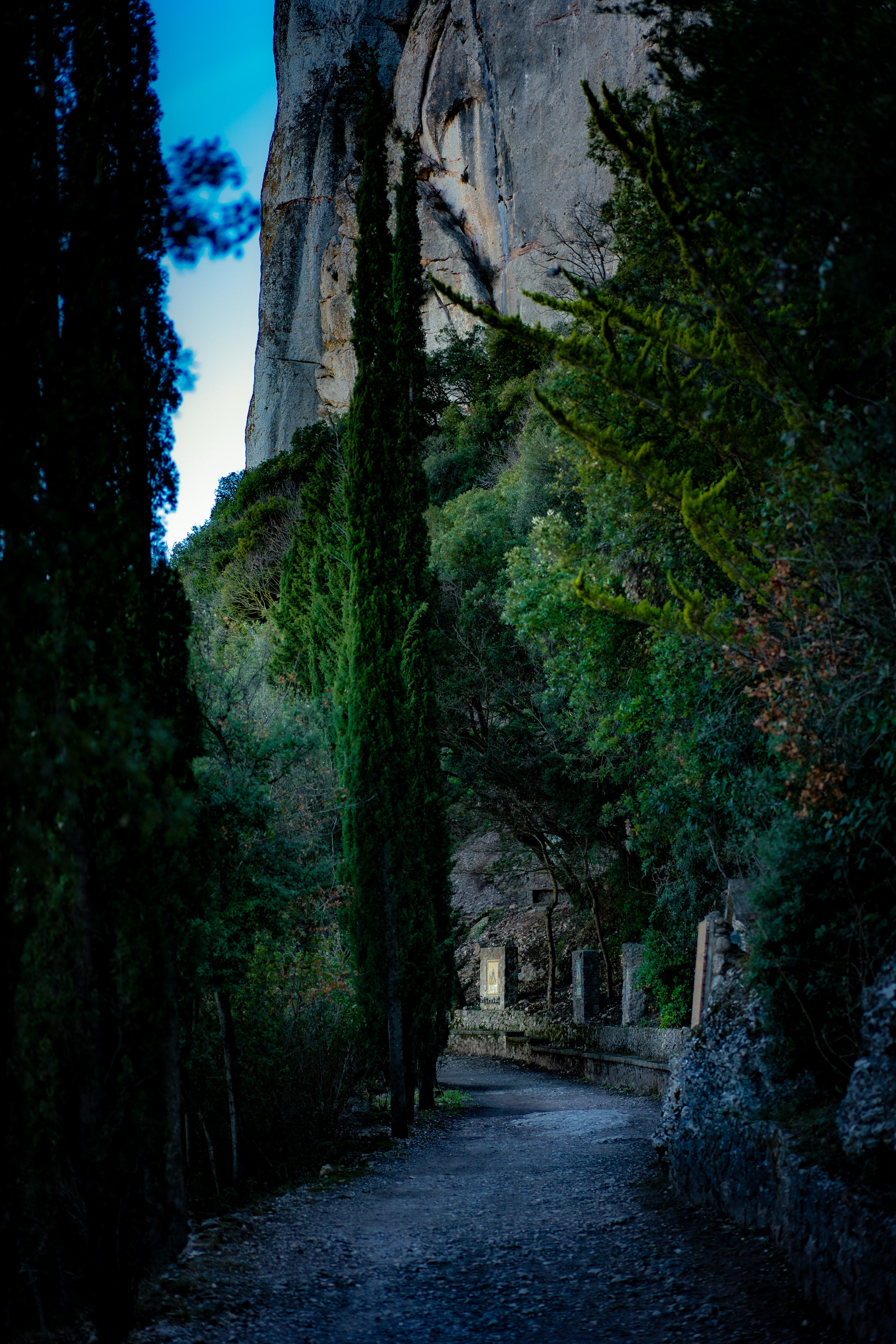
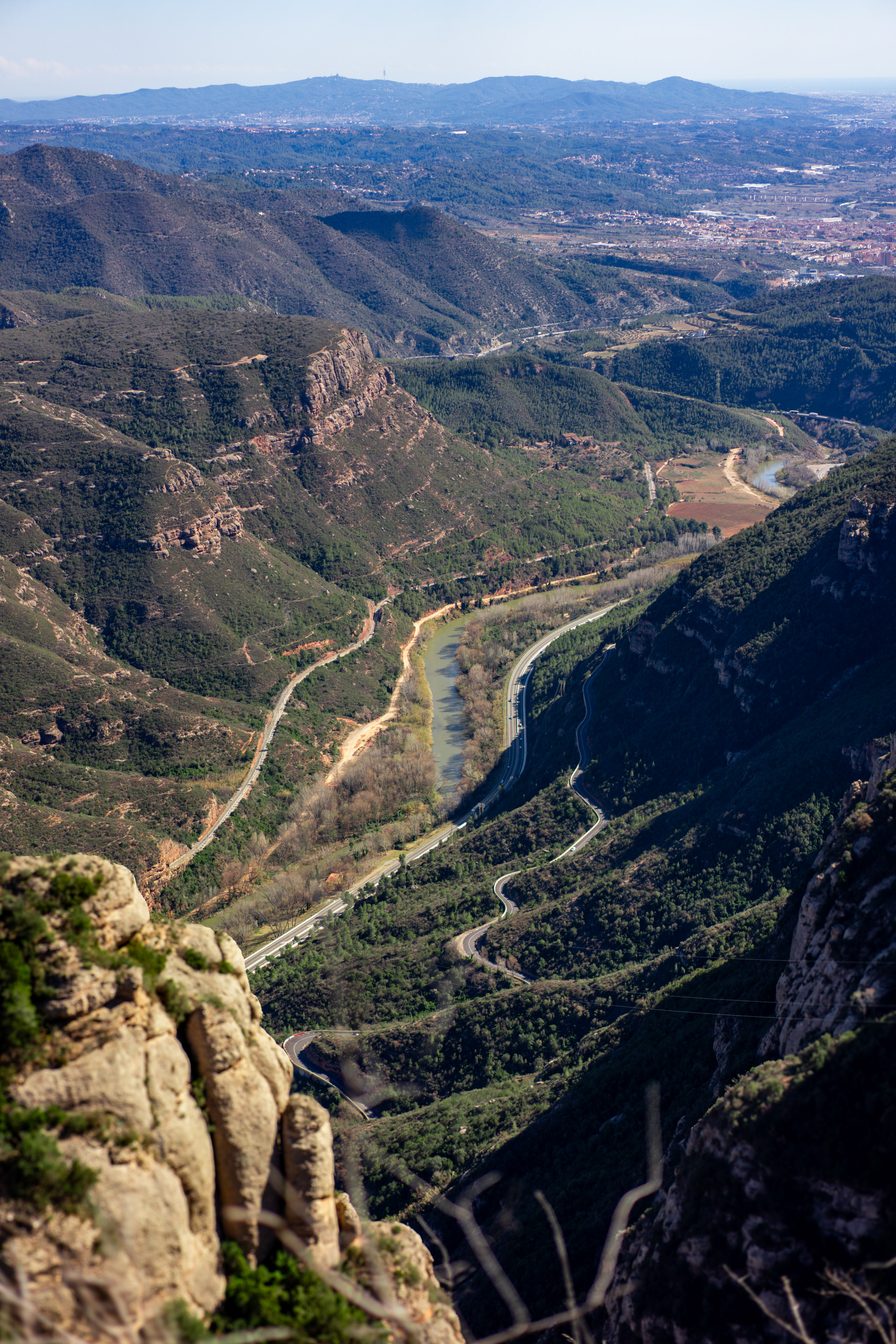
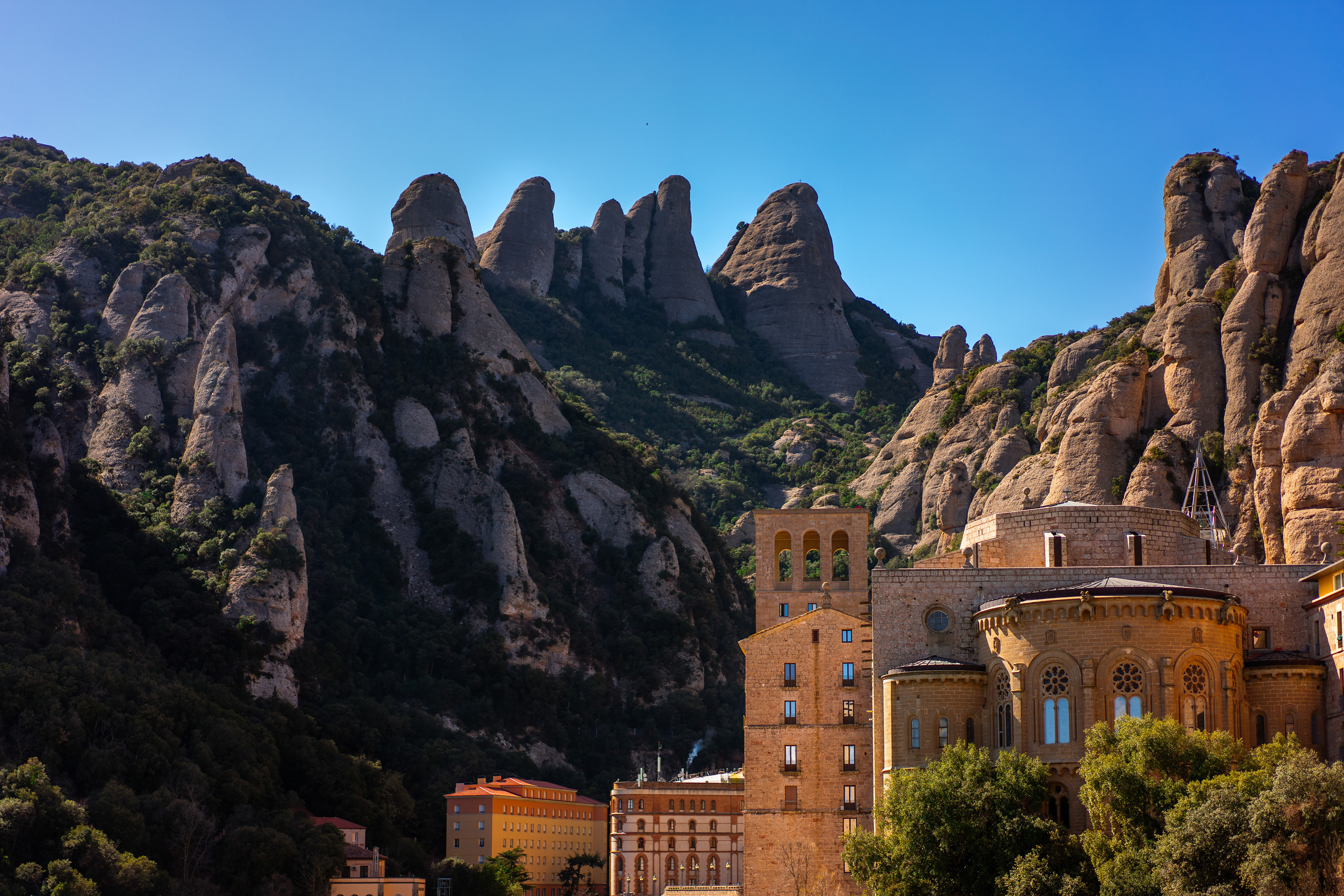
The mountain of Montserrat has had religious significance since pre-Christian times. A temple dedicated to the worship of Venus was built here by the Romans before Christ. The first documented mention of Montserrat in 888 reported the construction of an initial monastery around 880 AD. It was hermit monks who had built various hermitages on Montserrat. The monastery was then founded in 1025 through the expansion of the hermitage of Santa Maria.
In the 16th century, during the transition between Gothic and Renaissance periods, the basilica of the monastery was built. The Black Madonna is preserved in the basilica. Numerous famous personalities made pilgrimages to Montserrat: Pope Benedict XIII, Columbus, Cervantes, von Humboldt, King Ferdinand and Isabella, Charles I, Philip II, and Louis XIV.
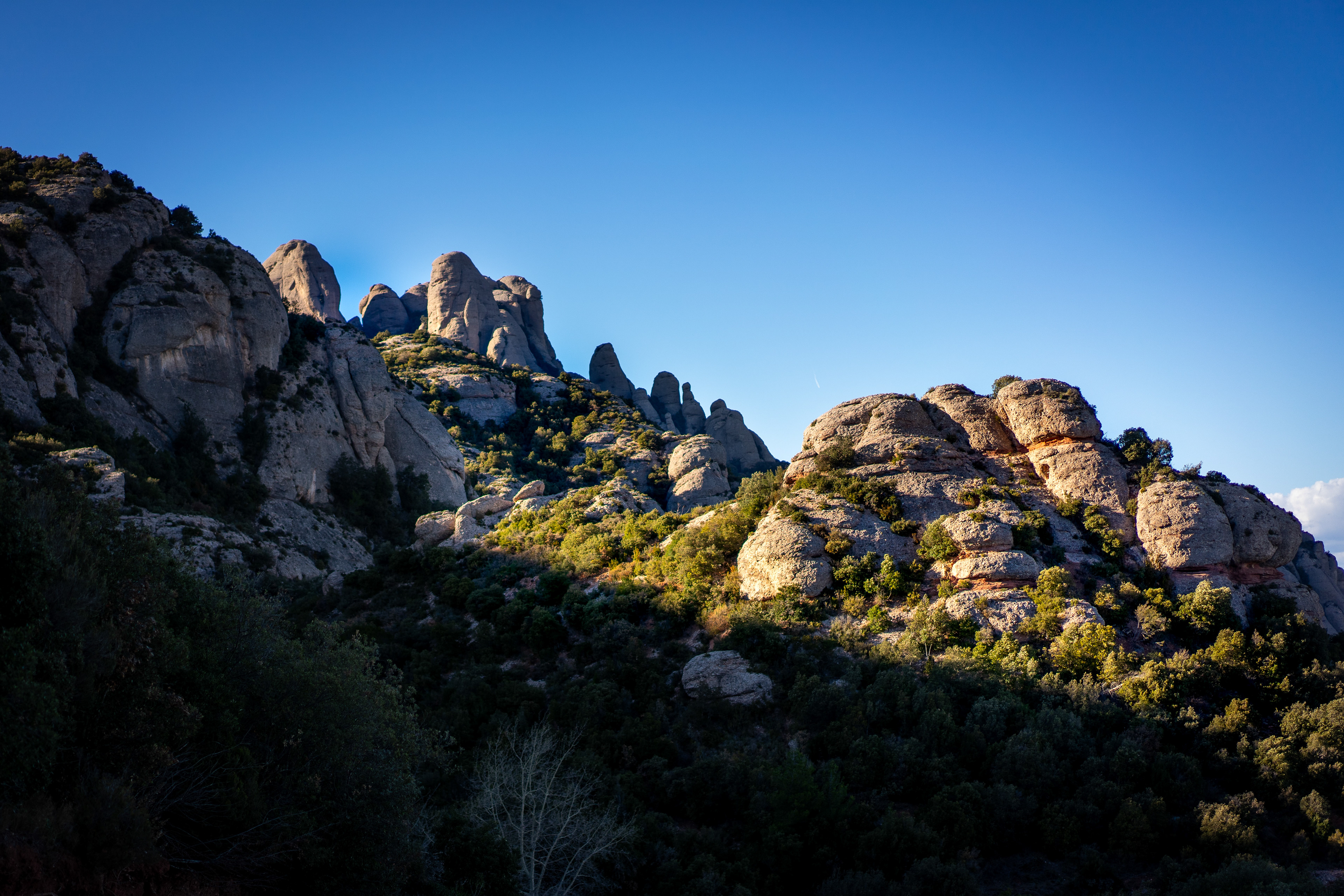


The legend places the finding of the statue of the Virgin of Montserrat around 880. Then began the cult of the Moreneta virgin, which materialized in four earlier hermitages in the 9th century: Santa Maria, Sant Iscle, Sant Pere and Sant Martí. However, the origin of the monastery is uncertain. It is known that around 1011 a monk from the monastery of Santa Maria de Ripoll came to the mountain to take charge of the monastery of Santa Cecília de Montserrat, thus leaving the monastery under the orders of Abbot Oliba of Ripoll.
Santa Cecília did not accept this new situation, so Oliba decided to found the monastery of Santa Maria in the place where there was an old hermitage of the same name (1025). As of 1082, Santa Maria gained an abbot of her own and ceased to depend on the abbot of Ripoll. This hermitage had become the most important of all those that existed in the mountain thanks to the statue of the Virgin that was venerated in it since 880.
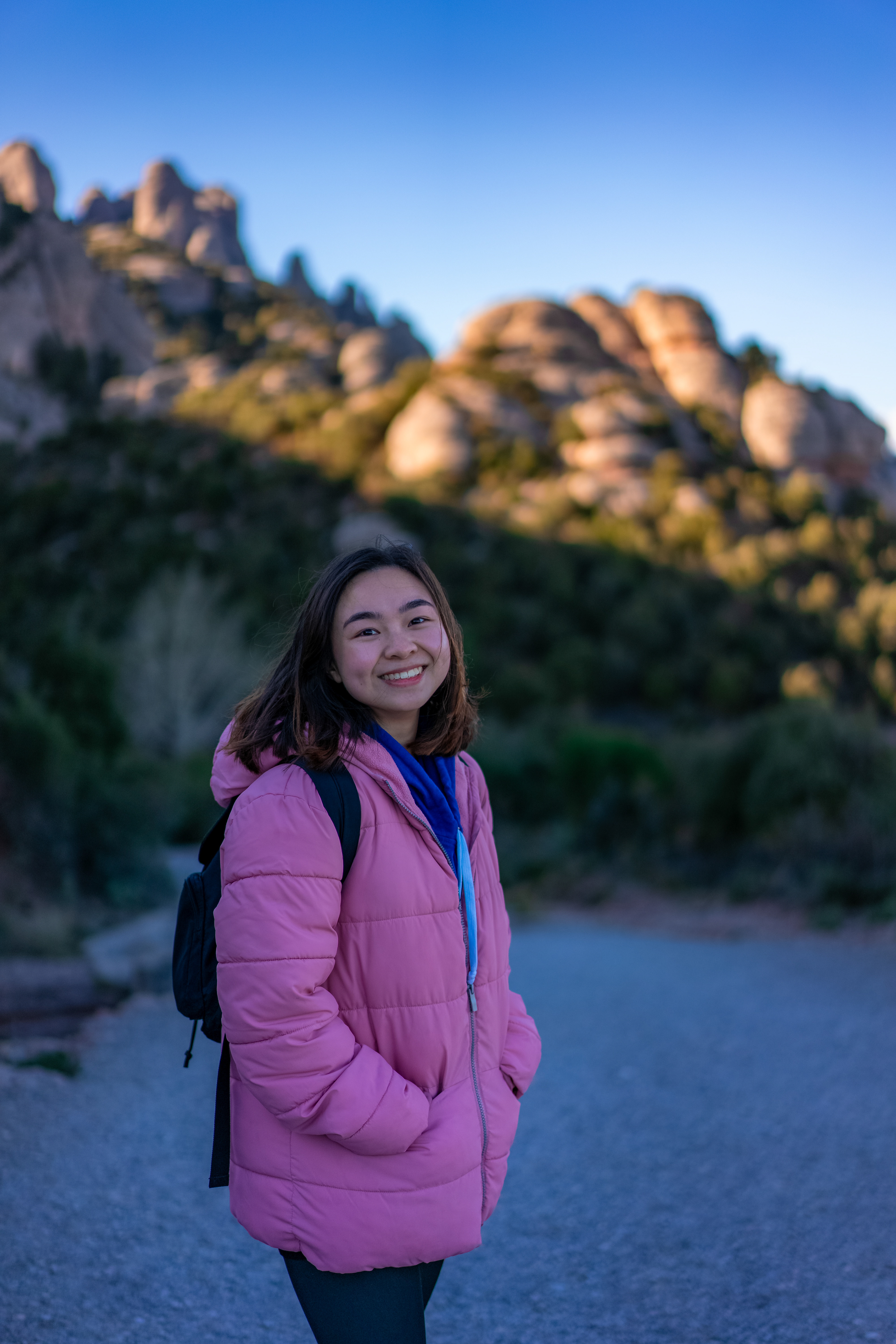
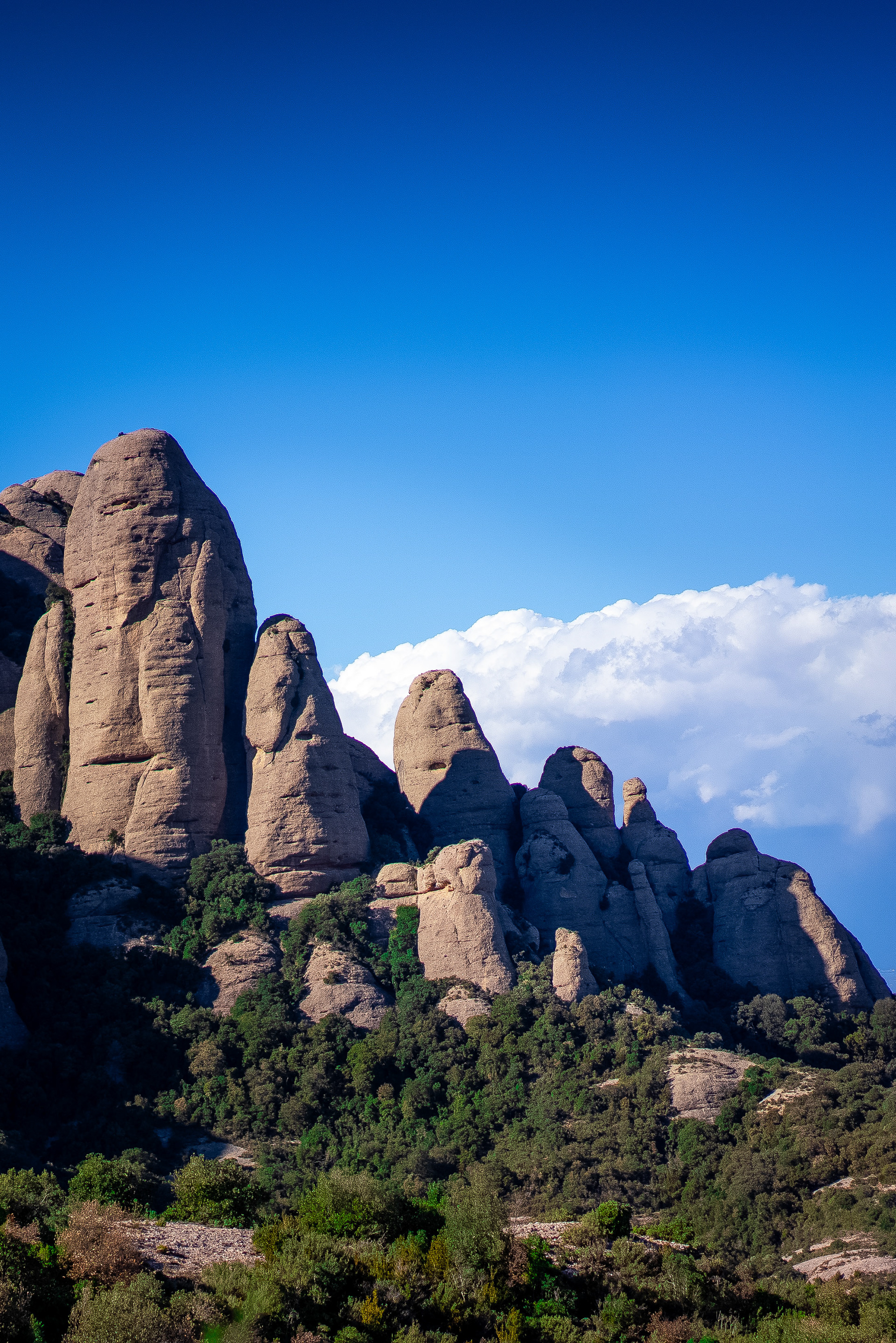
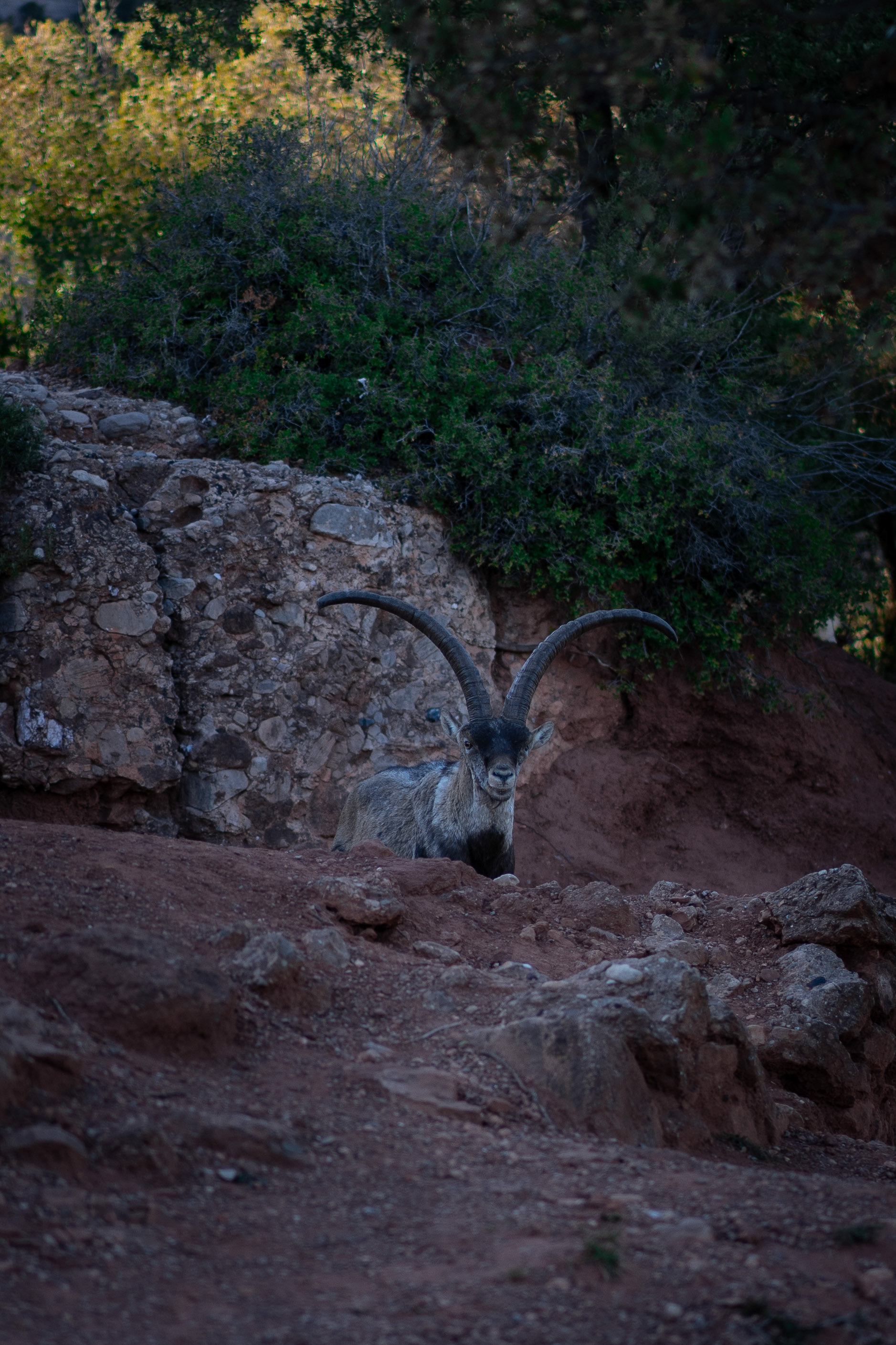
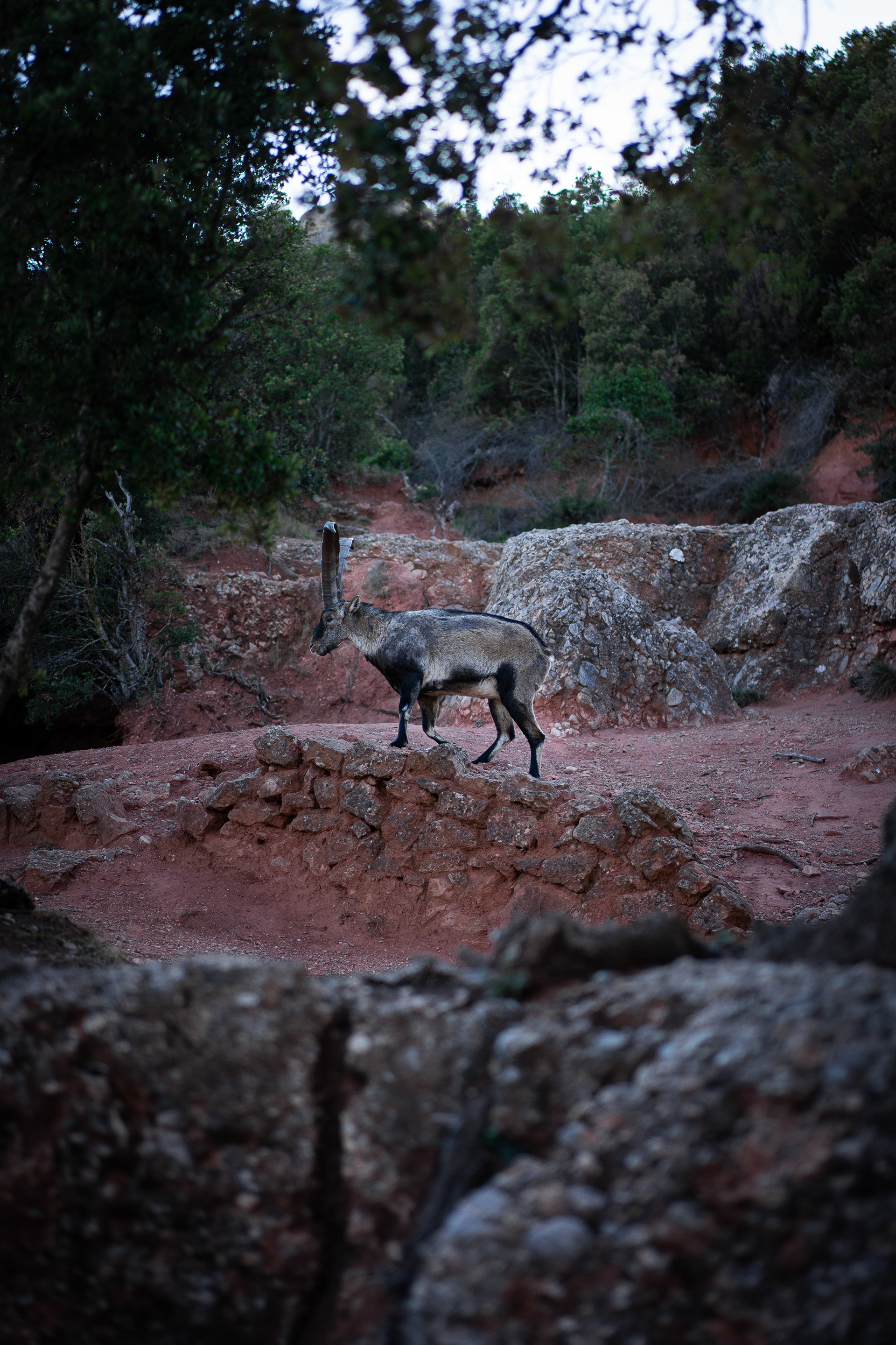
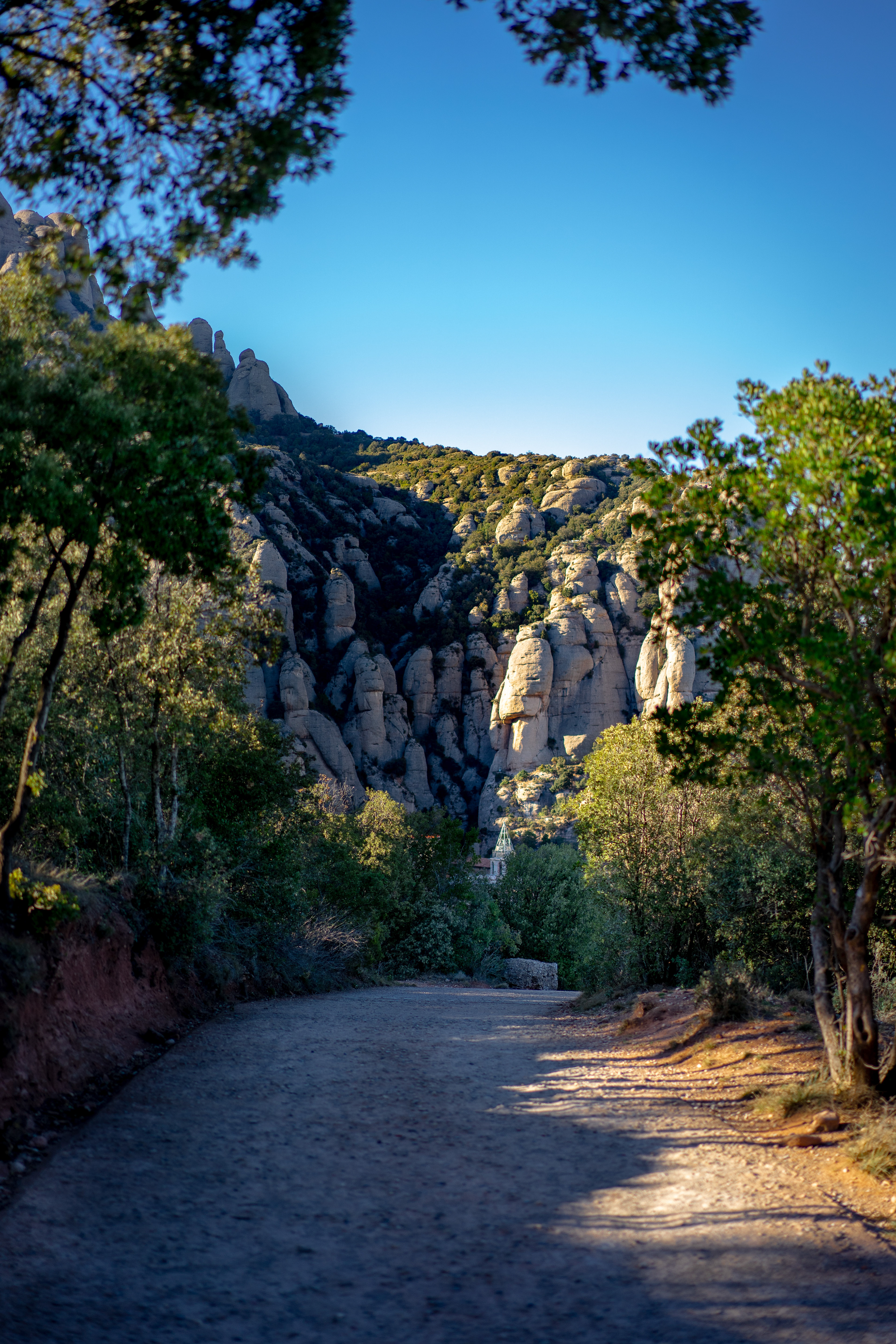
Placa Espanya, established in the early 20th century, was constructed ahead of the 1929 International Exposition of Barcelona, transforming the city’s urban landscape. Designed by Josep Maria Jujol, the square has since become an iconic Barcelona landmark. Previously, the location hosted public hangings until the Ciutadella fortress’s establishment in 1715. By 1900, the once-farming site lay barren, nestled at Montjuïc Hill’s base, home to a dwindling rural community.
The intent behind Placa Espanya was to celebrate the city’s architectural and artistic prowess. Landmark structures surrounding the square include the 1929 Venetian Towers, reminiscent of St. Mark’s Basilica’s Campanile in Venice, the old Arenas bullring, and the Fira de Barcelona, all exemplifying the city’s rich
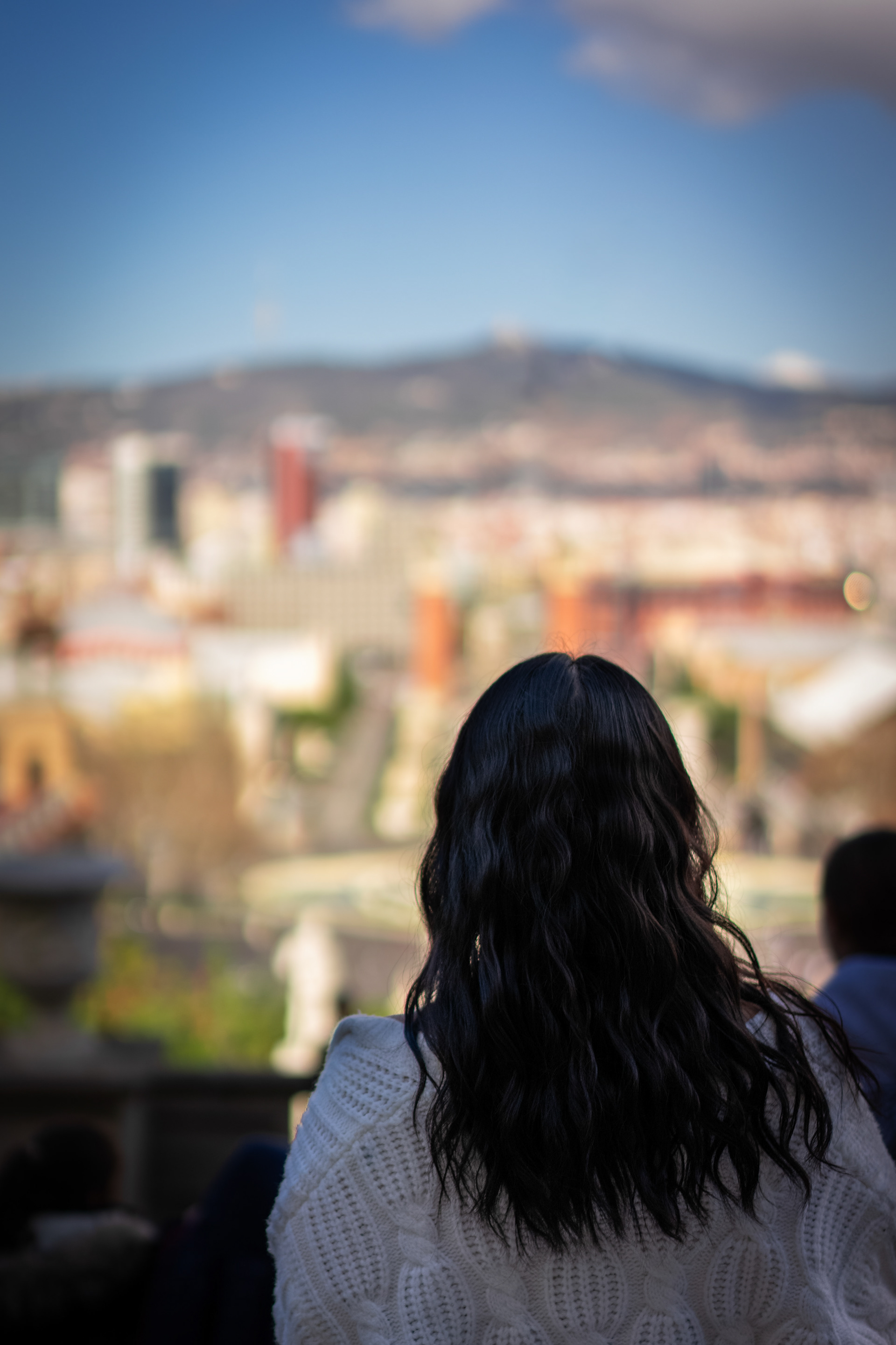
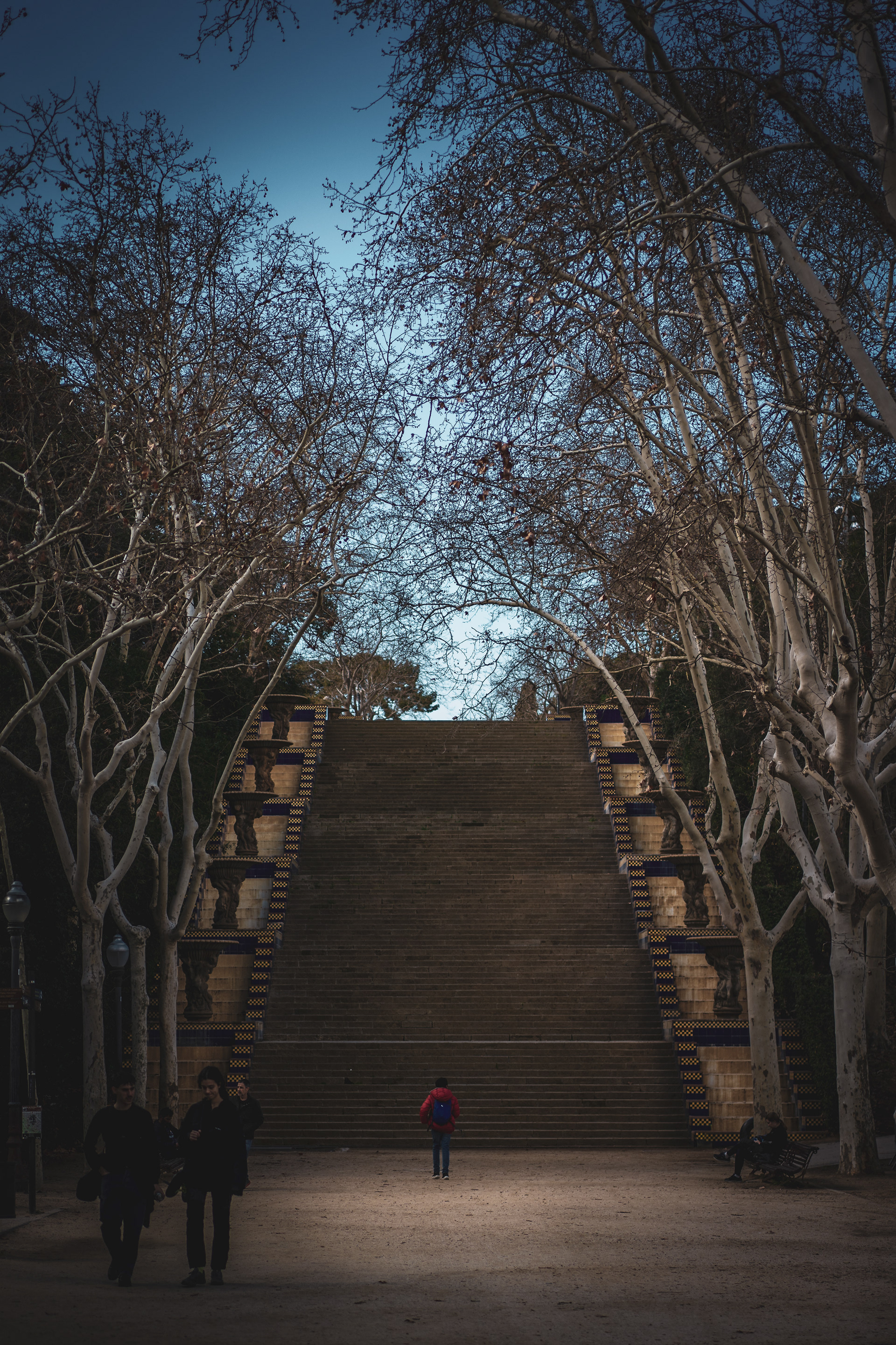
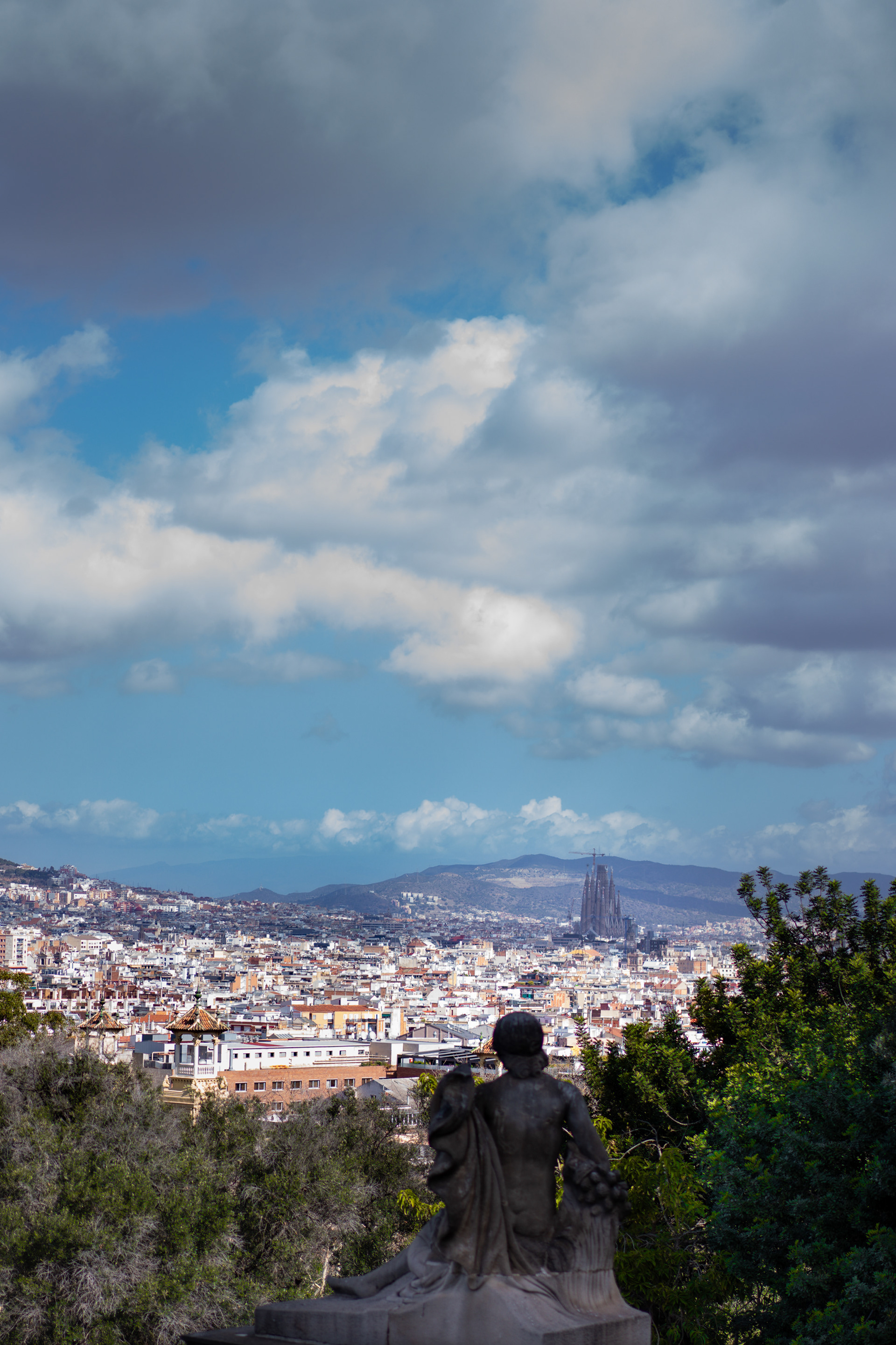
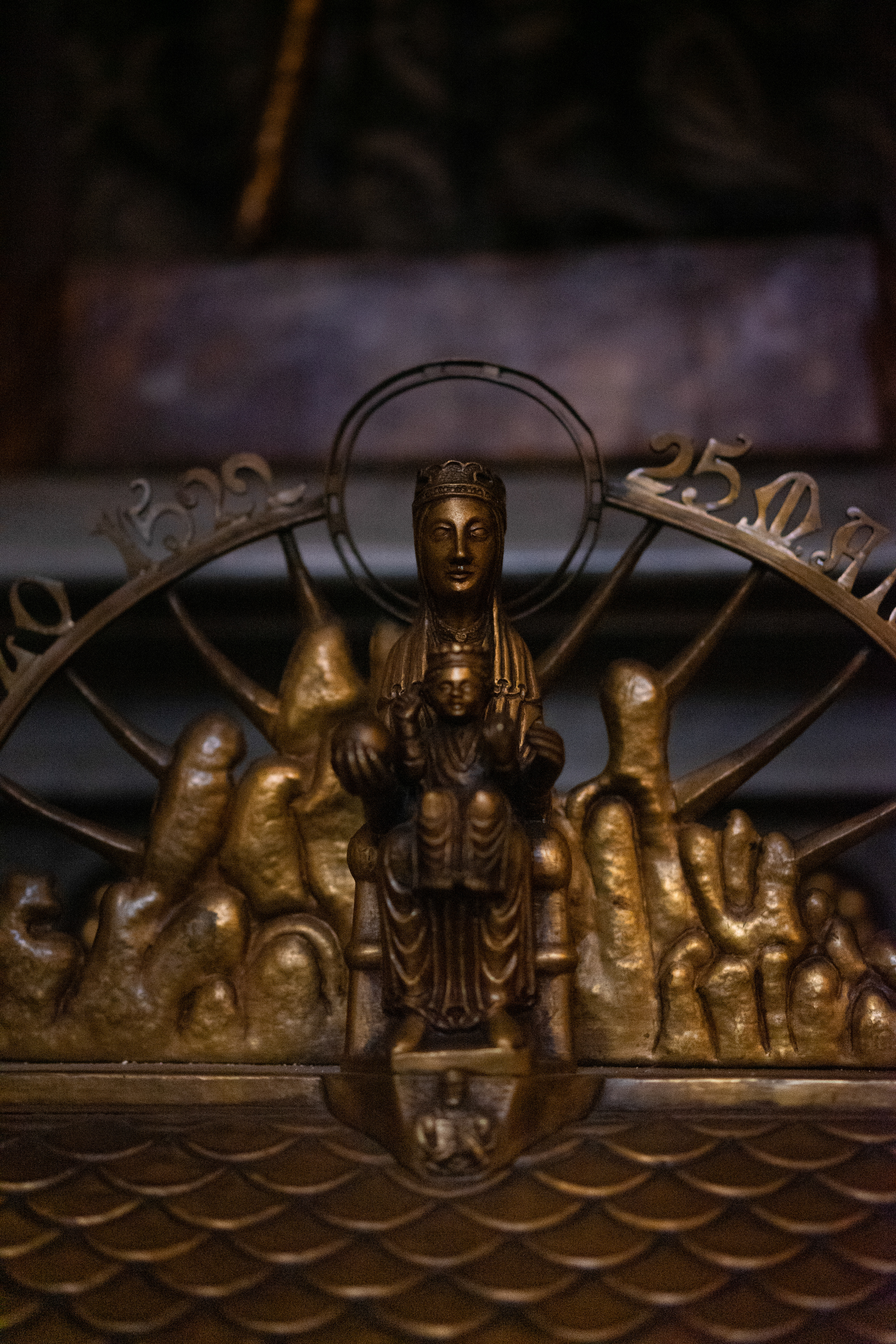
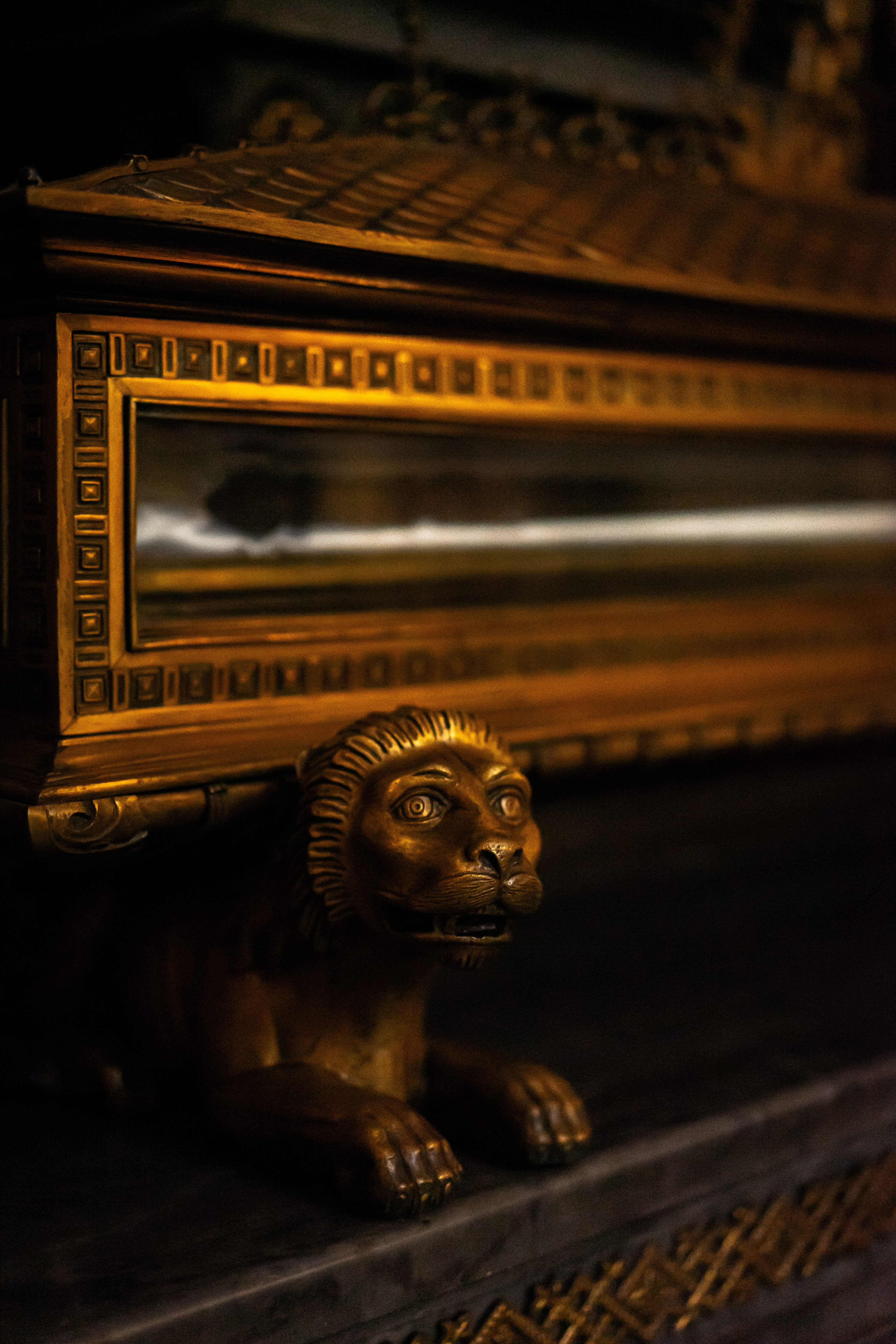

The Gothic Quarter is the historic centre of the old city of Barcelona. It stretches from La Rambla to Via Laietana, and from the Mediterranean seafront to the Ronda de Sant Pere. It is a part of Ciutat Vella district. The quarter encompasses the oldest parts of the city of Barcelona, and includes the remains of the city's Roman wall and several notable medieval landmarks.
Much of the present-day fabric of the quarter, however, dates to the 19th and early 20th centuries. El Call, the medieval Jewish quarter, is located within this area, along with the former Sinagoga Major.

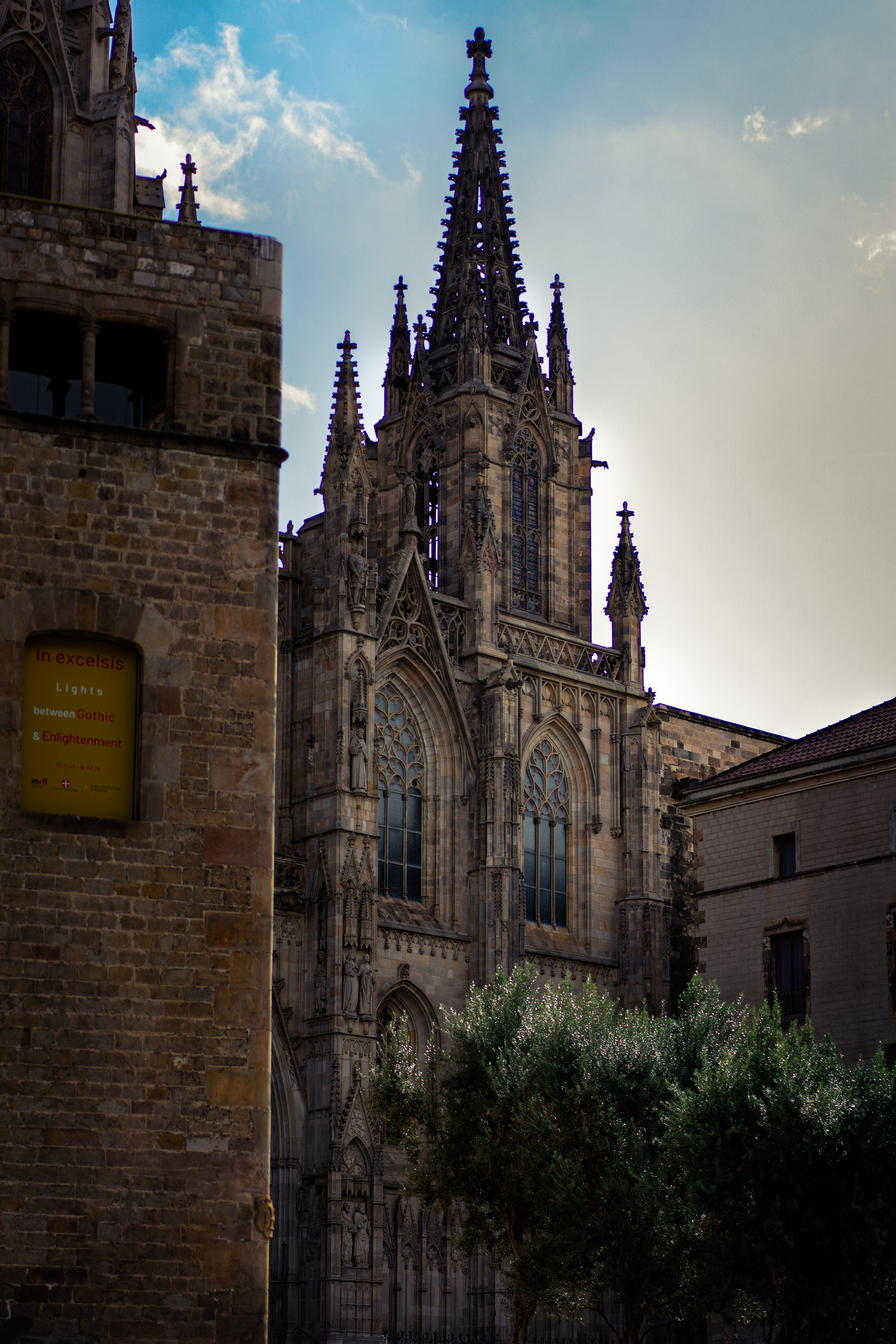

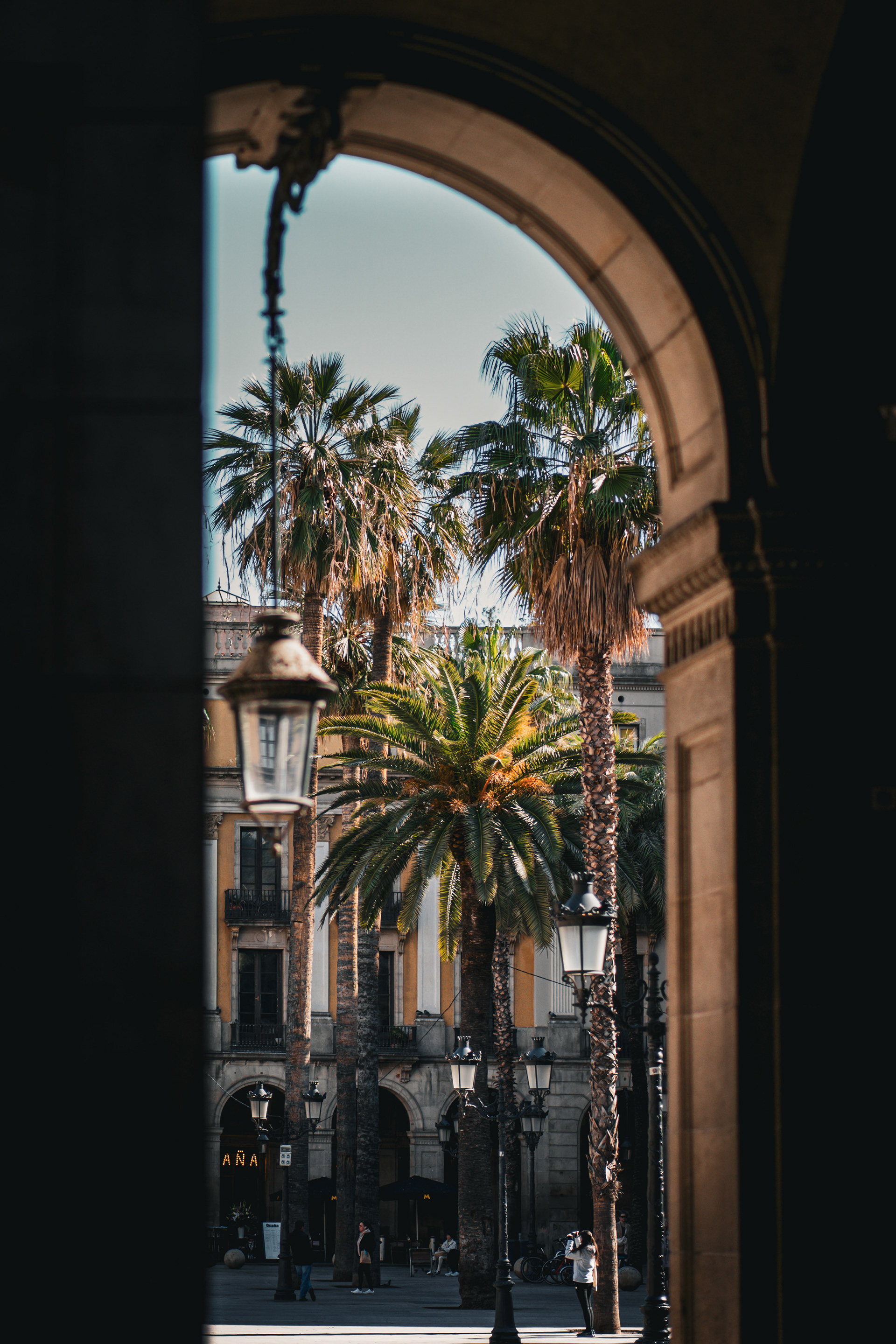
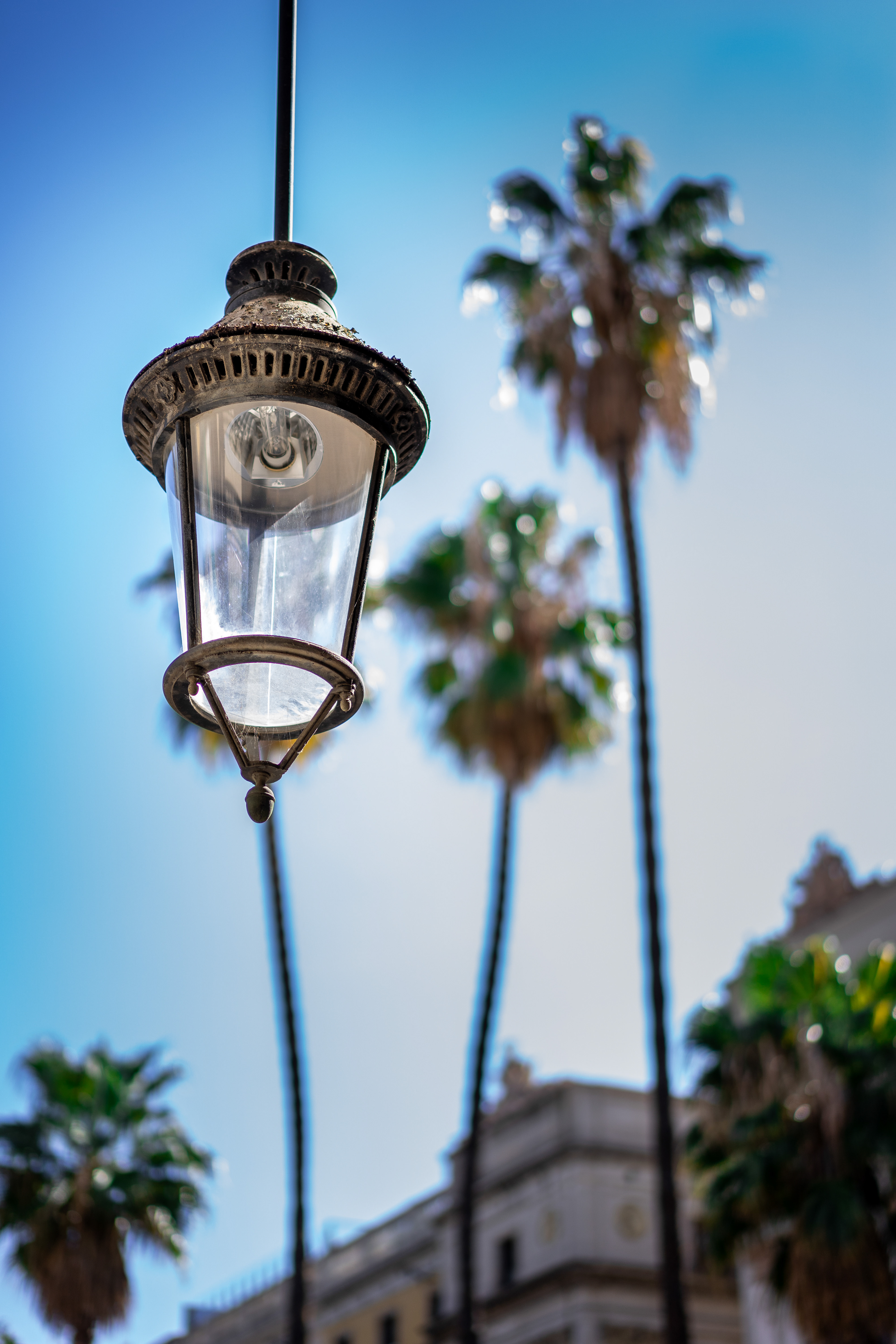
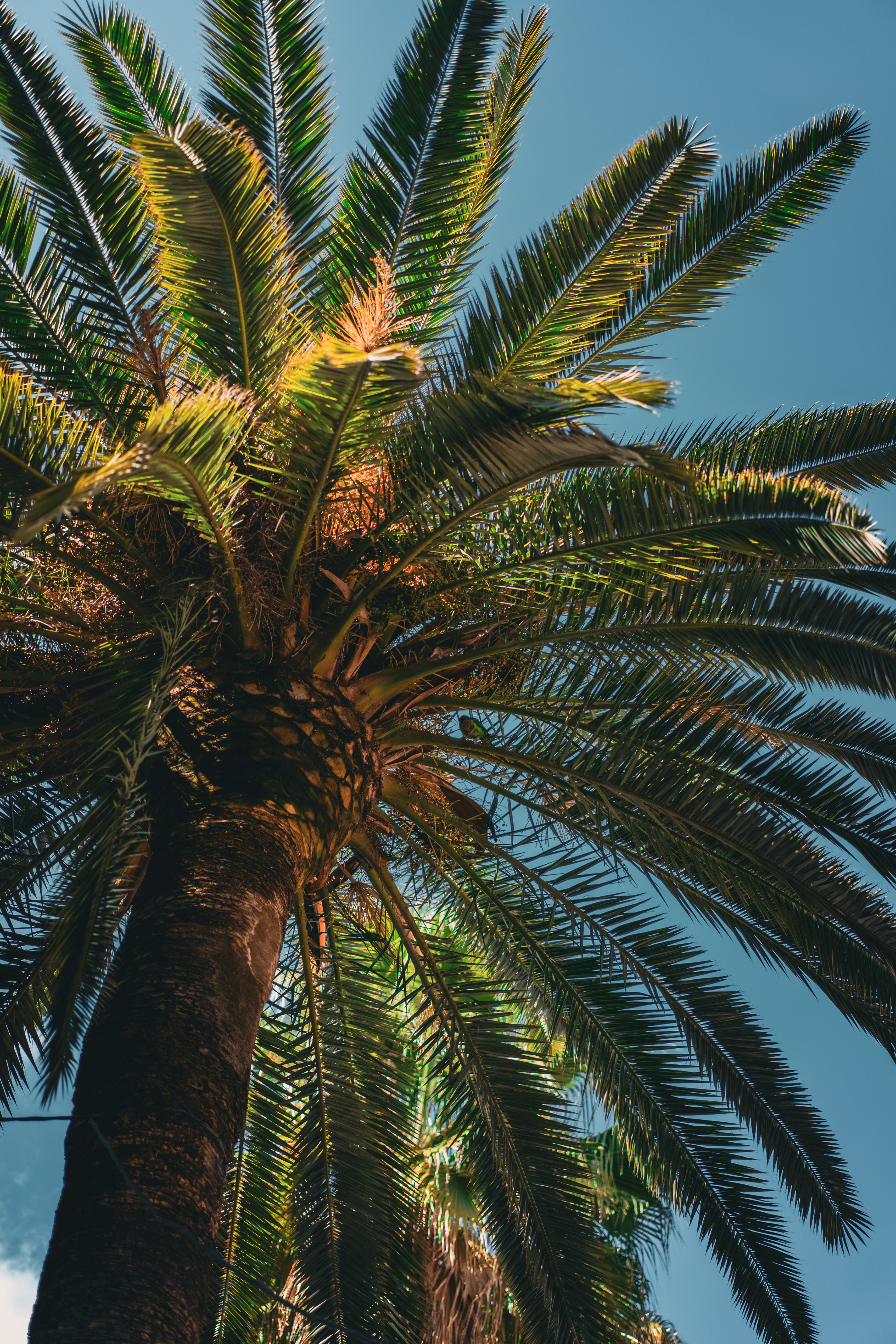

El Pont del Bisbe, one of the newest architectural additions to the old city. Built in 1928 by architect Joan Rubio I Bellver. Bellver believed that modern architectural buildings should be demolished and reconstructed in a neo-gothic style.
the city council disagreed and didn’t let him move forward with his vision. In what people believe was an act of retaliation, Bellver carved a skull and dagger into the bridge. The urban legend is that if the dagger is removed Barcelona will fall to the ground, but if you walk under the bridge backward, facing the skull while making a wish, your wish will come true.
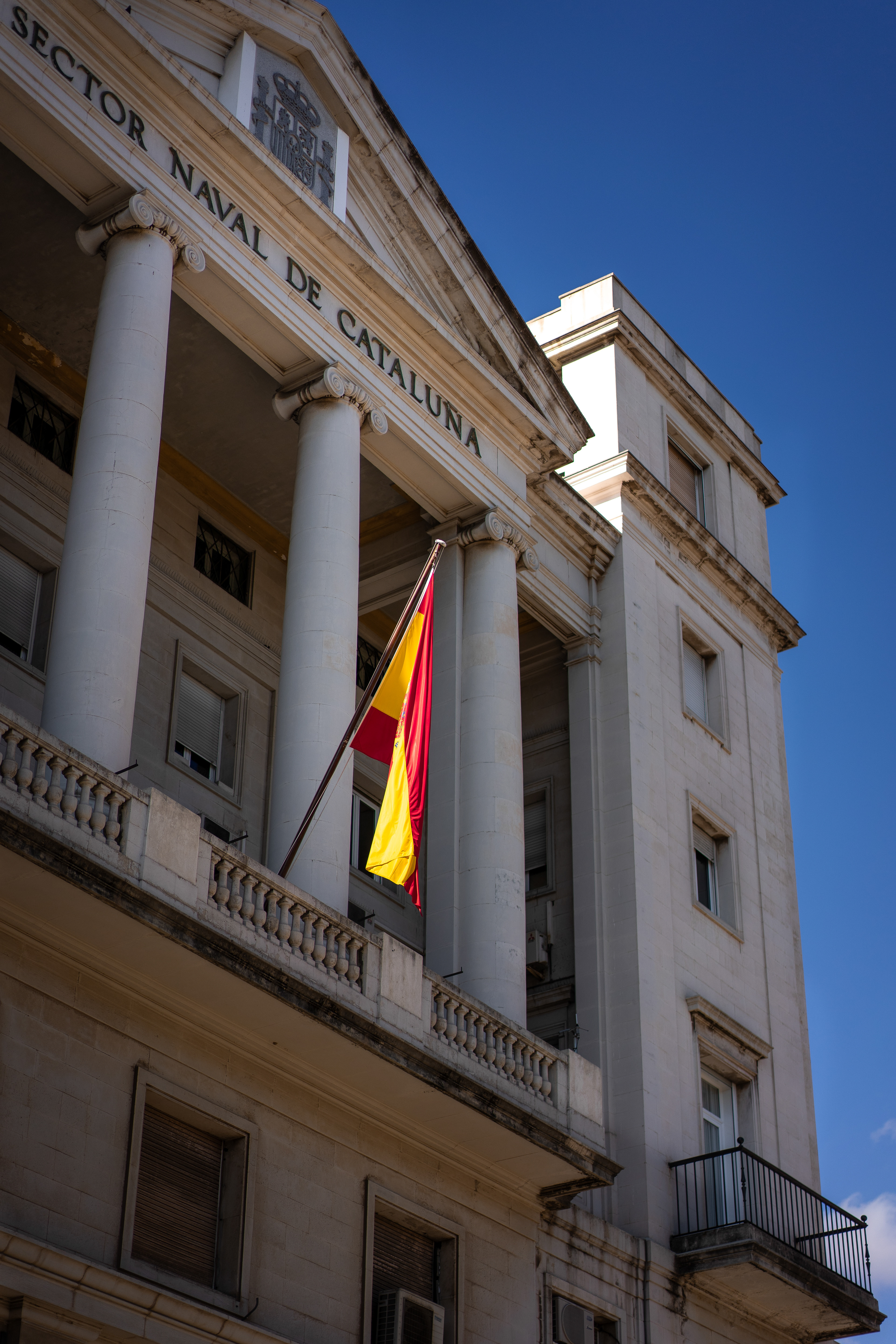
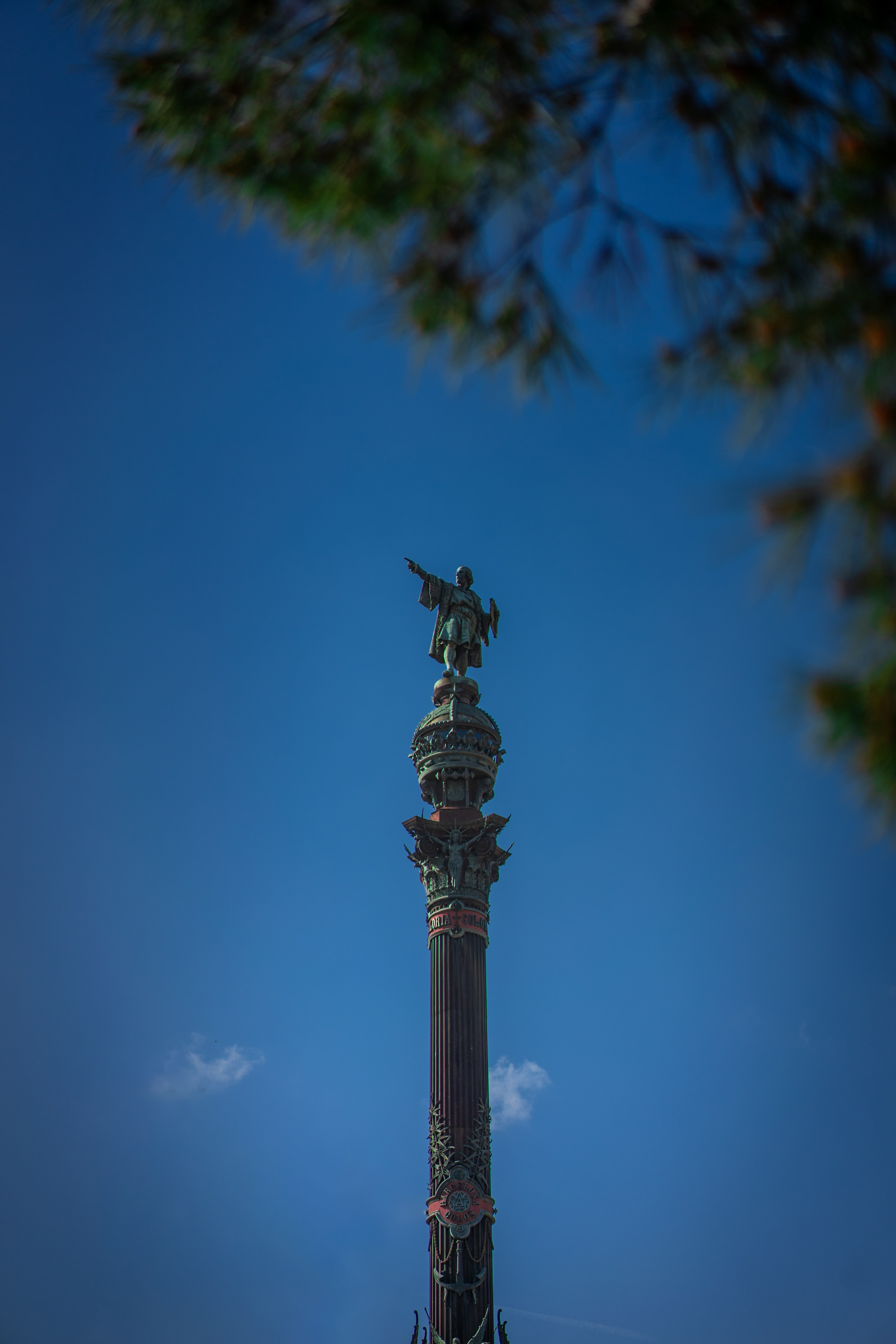
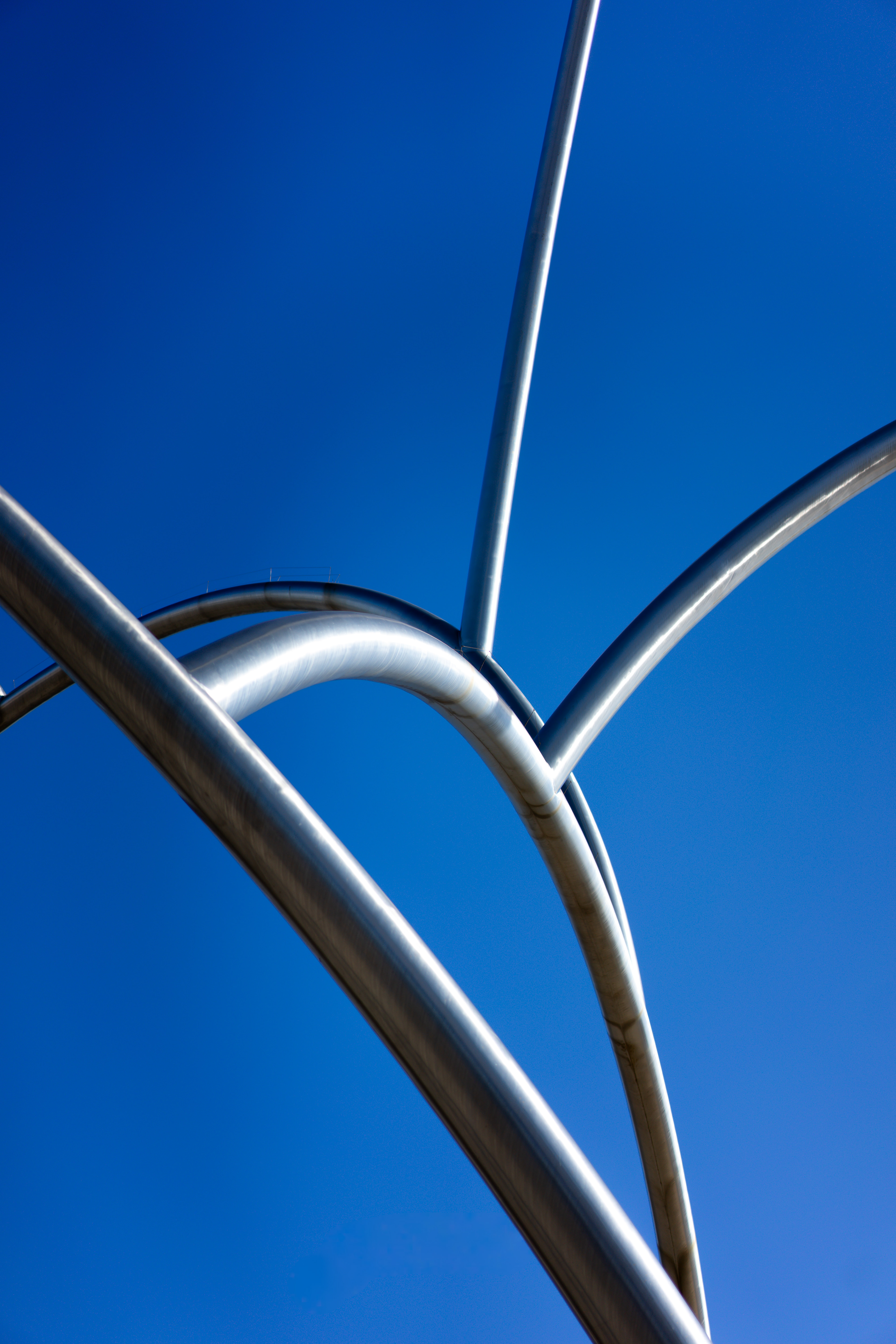




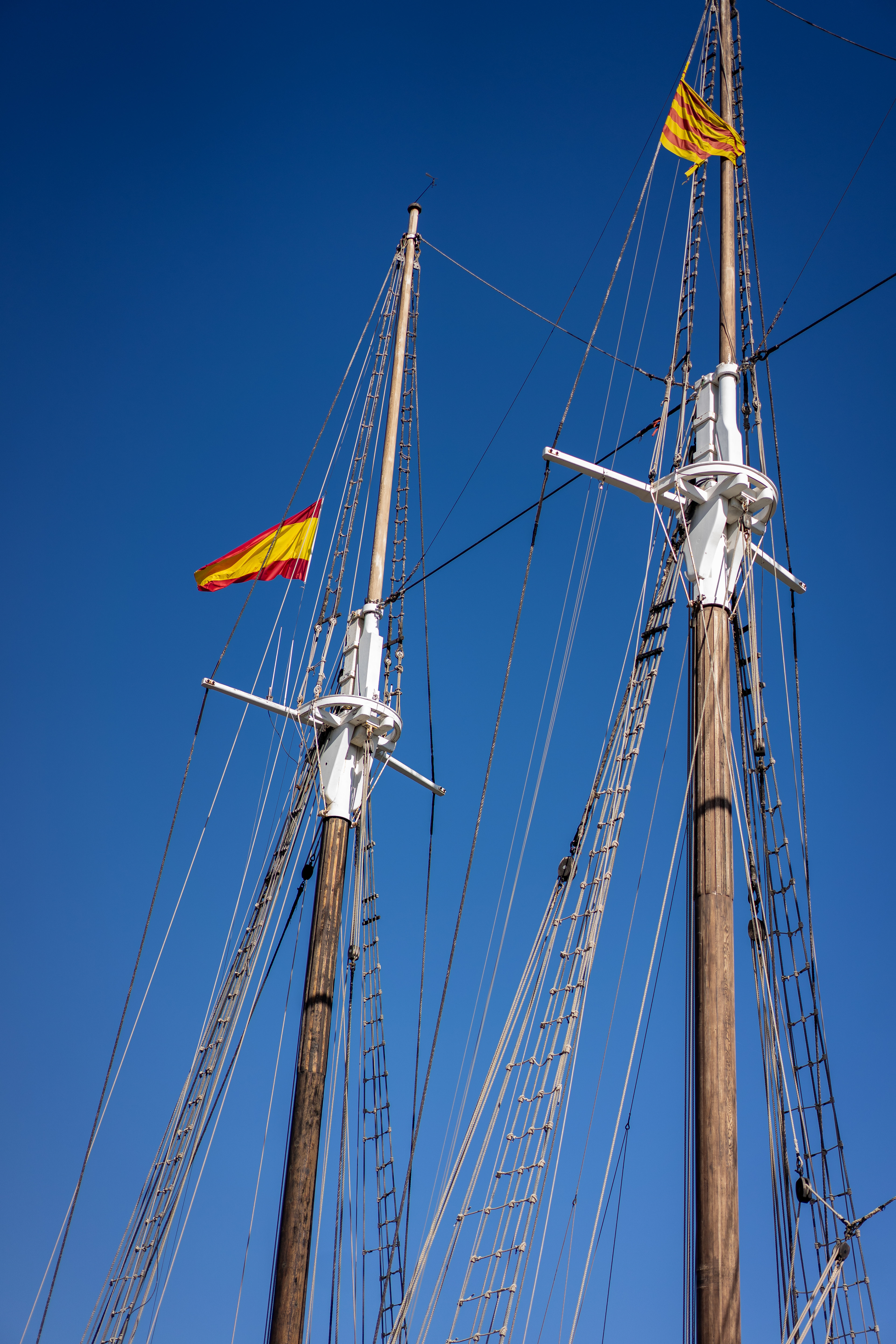
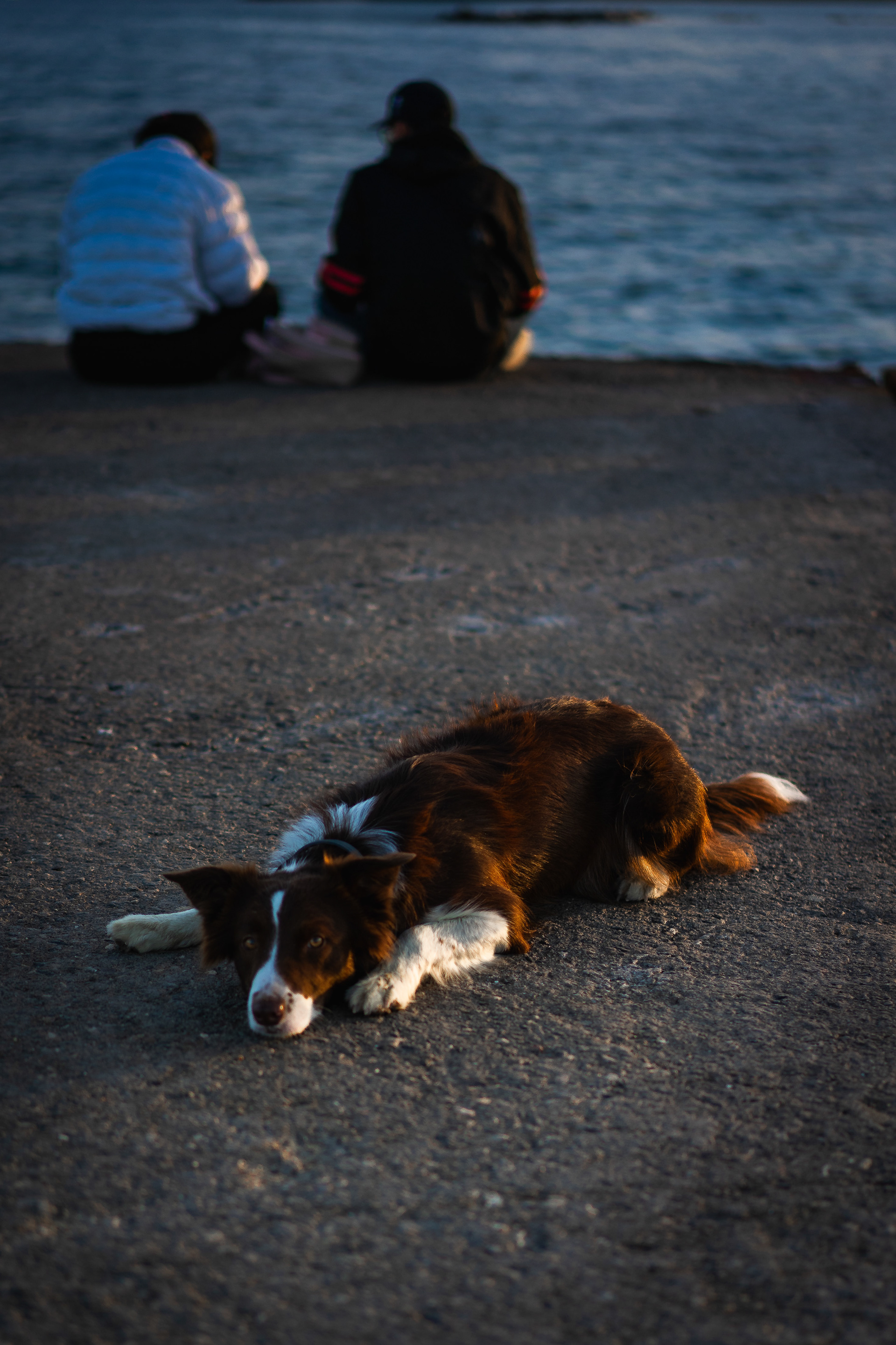
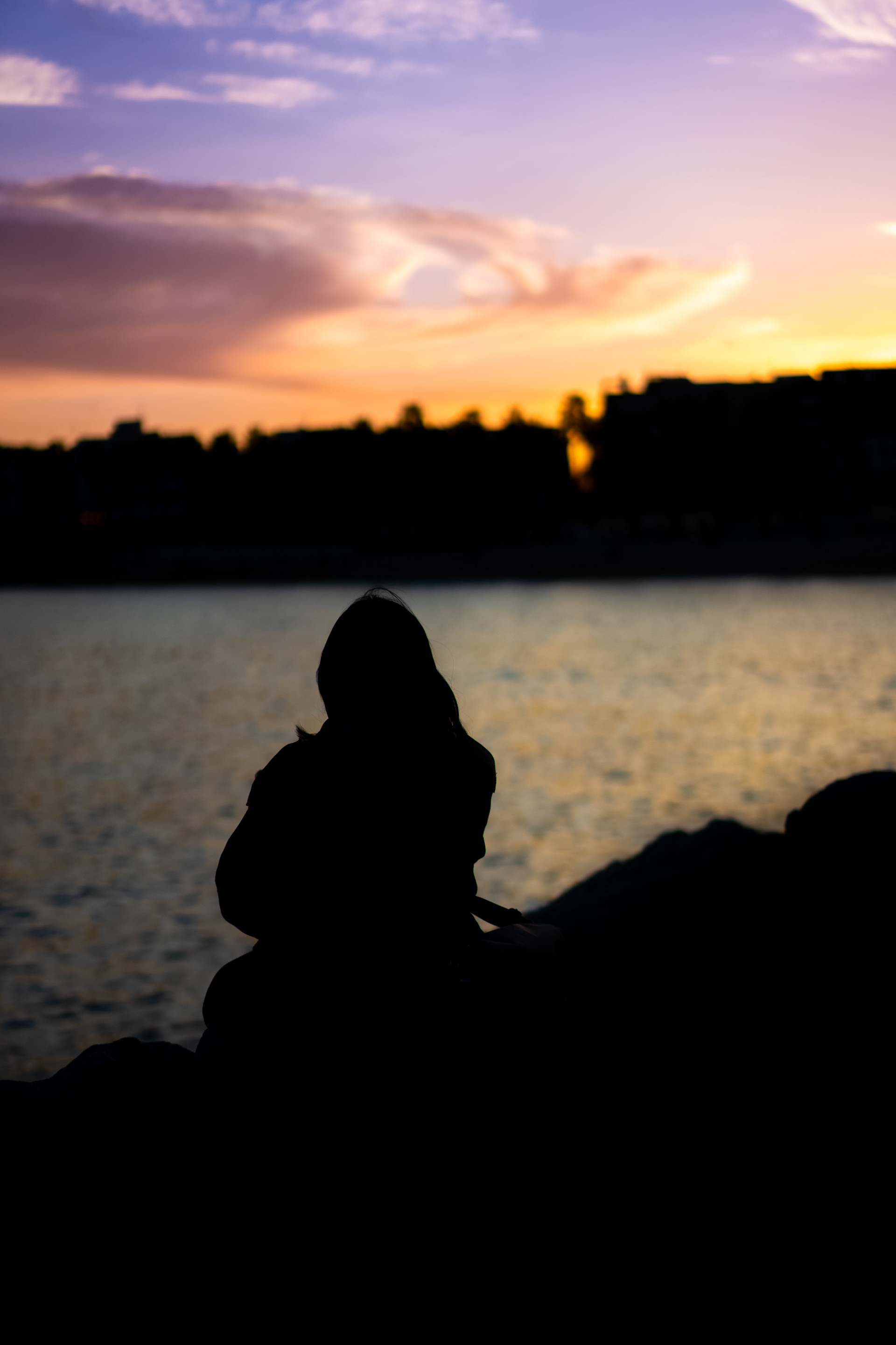
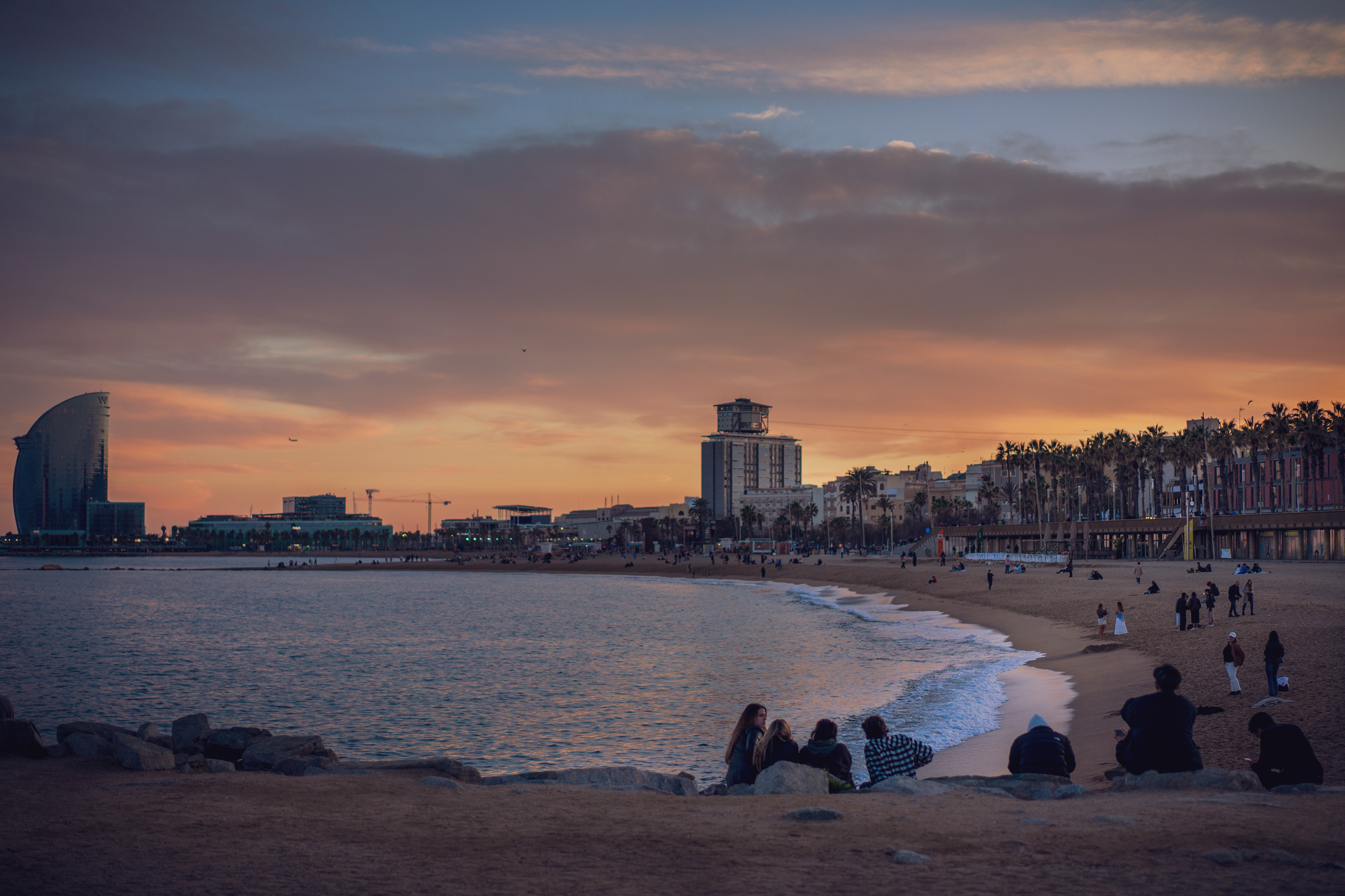
Tibidabo is a hill overlooking Barcelona, Catalonia, Spain. At 512 metres (1,680 ft), it is the tallest hill in the Serra de Collserola. Rising sharply to the north-west, it has views over the city and the surrounding coastline. The summit of the hill is occupied by the Sagrat Cor church and adjacent Tibidabo Amusement Park. The Torre de Collserola telecommunications tower is a short walk away. All three are prominently visible from most of the city of Barcelona. Designed by Enric Sagnier, the church was started in 1902 and took 60 years to complete. It is topped by a sculpture of the Sacred Heart of Jesus by Josep Miret Llopart.

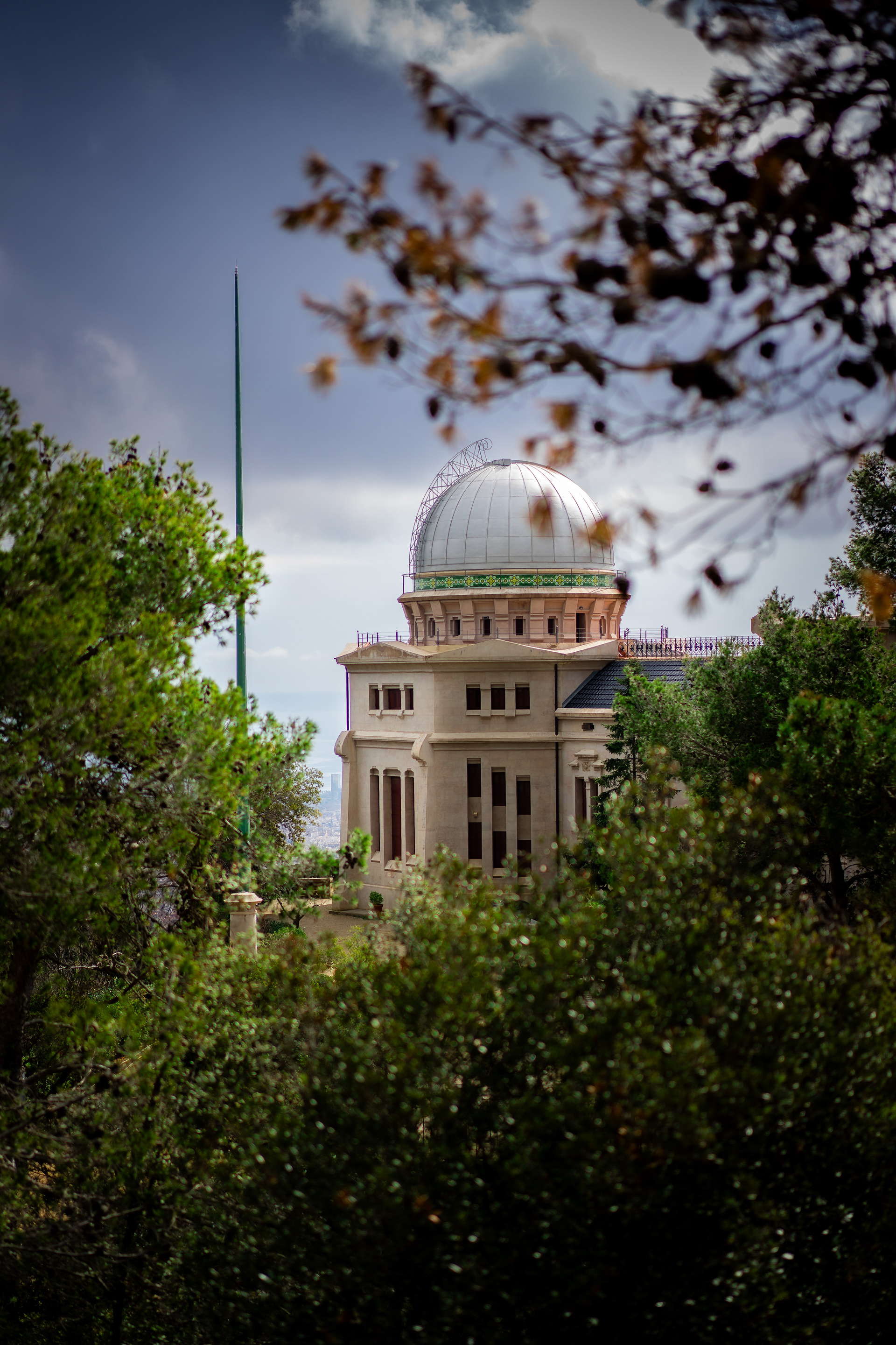
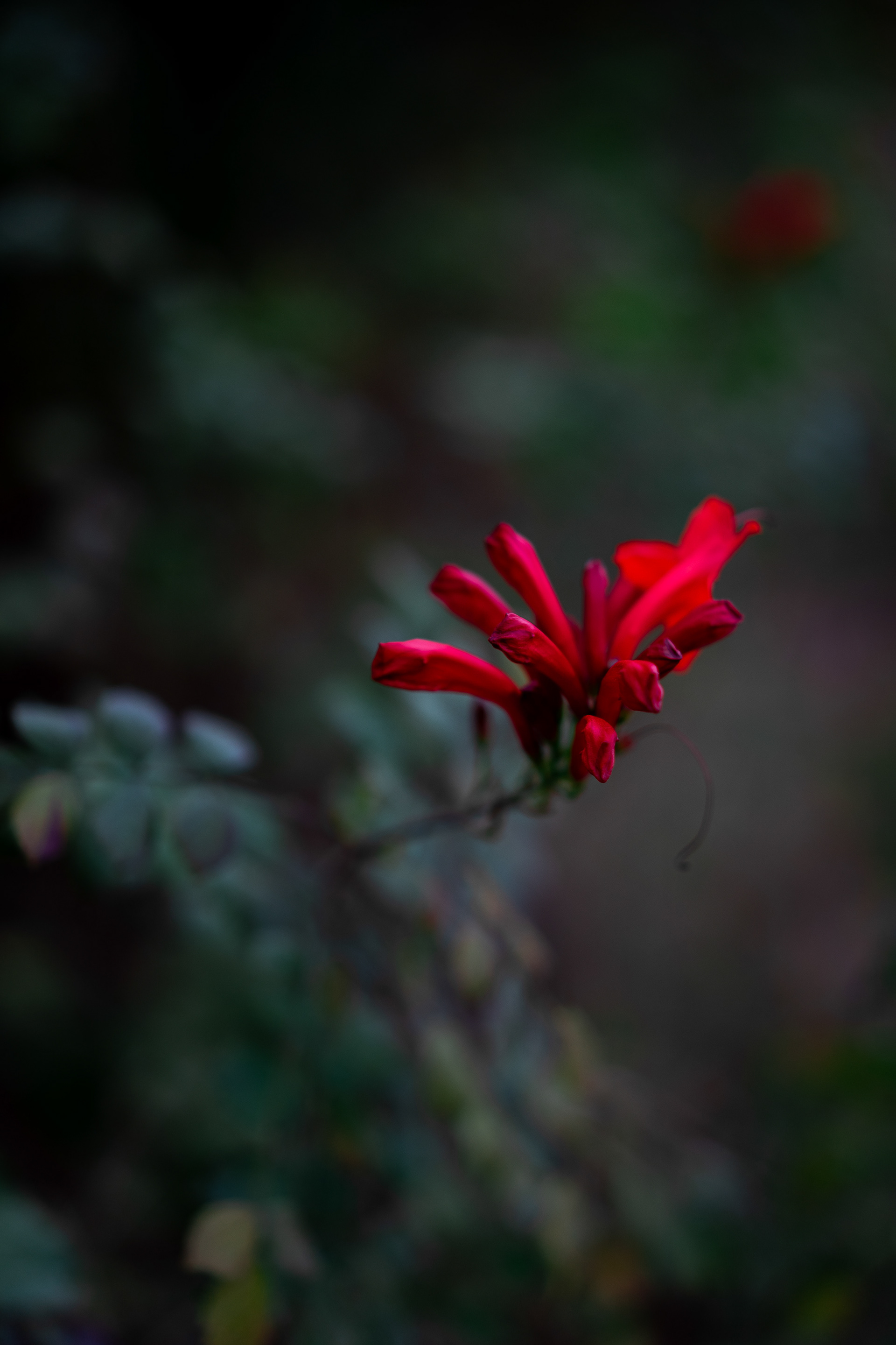
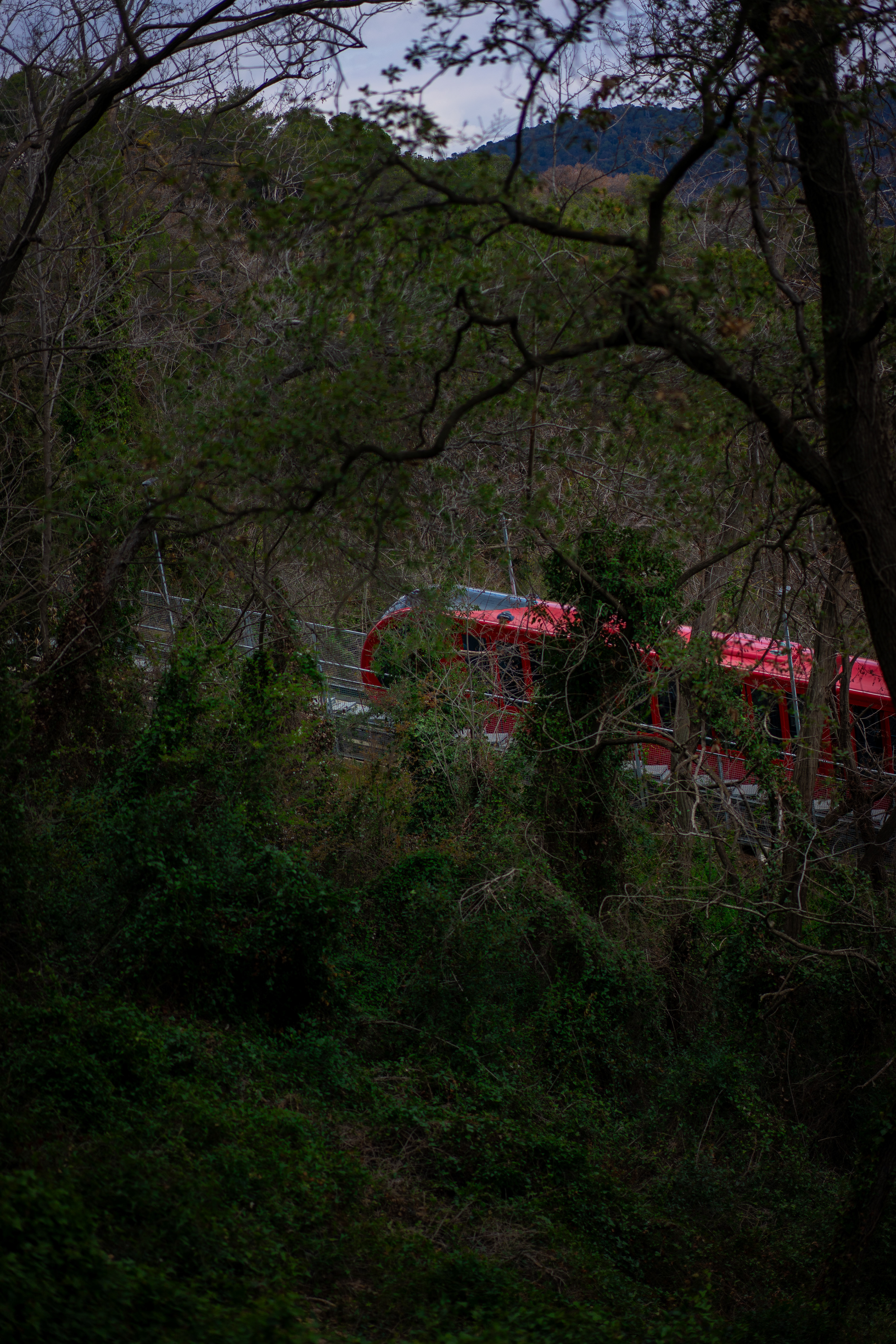

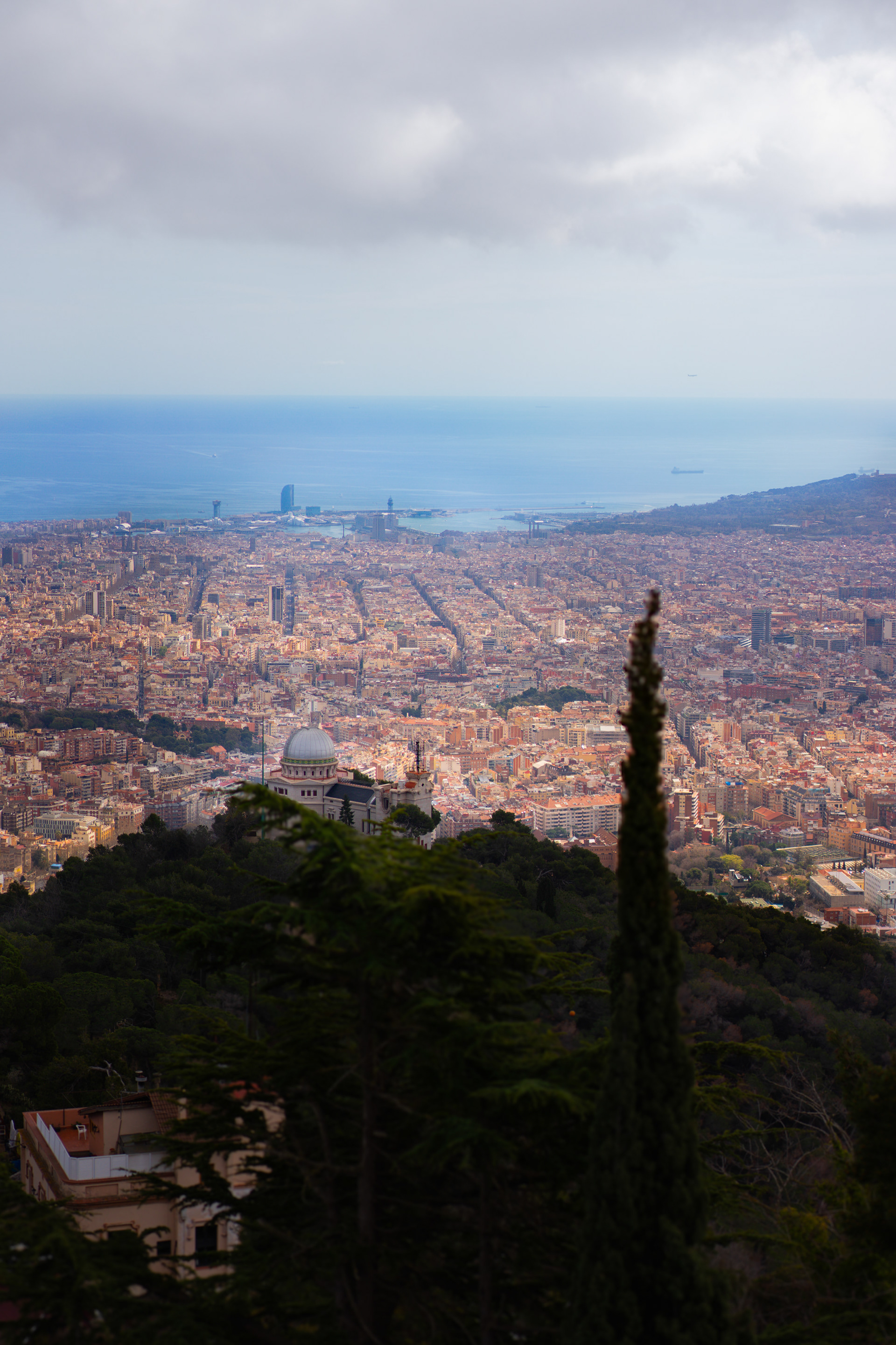
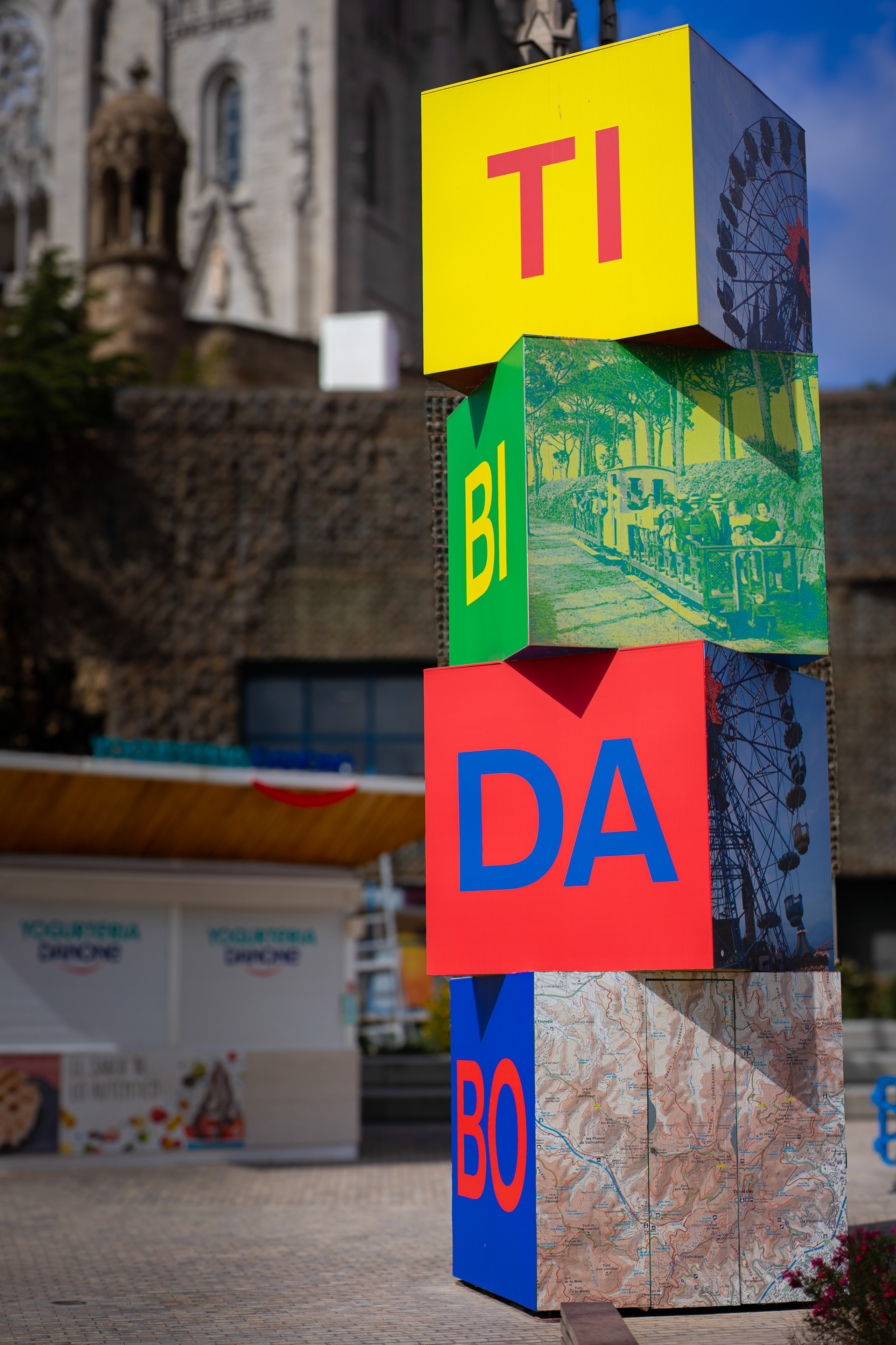

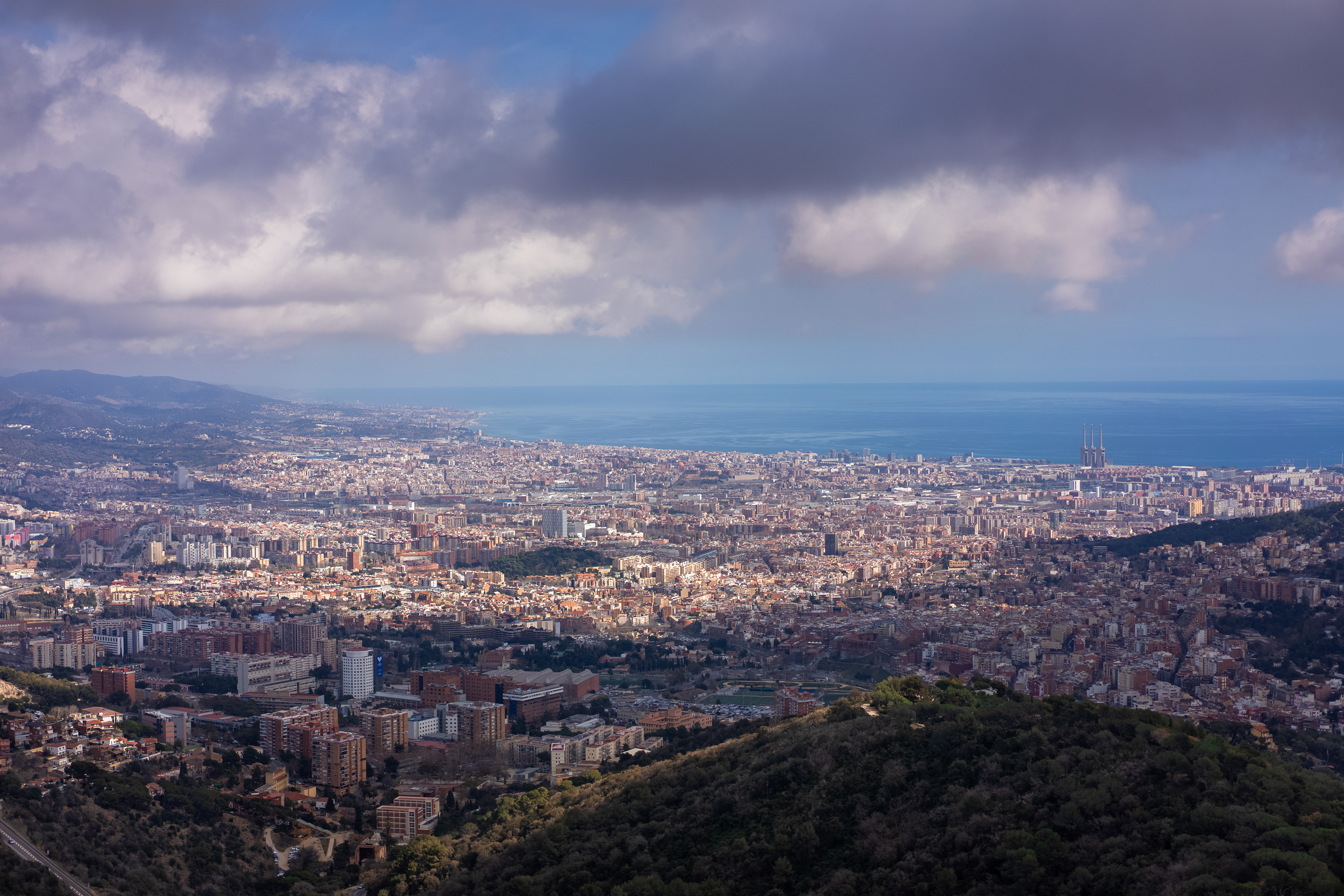
On 19 March 1882, construction of Sagrada Família began under architect Francisco de Paula del Villar. In 1883, when Villar resigned, Gaudí took over as chief architect, transforming the project with his architectural and engineering style, combining Gothic and curvilinear Art Nouveau forms. Gaudí devoted the remainder of his life to the project, and he is buried in the church's crypt. At the time of his death in 1926, less than a quarter of the project was complete.
Sagrada Família was inspired by a bookseller, José María Bocabella , founder of Asociación Espiritual de Devotos de San José (Spiritual Association of Devotees of St. Joseph). After a visit to the Vatican in 1872, Bocabella returned from Italy with the intention of building a church inspired by the basilica at Loreto. The apse crypt of the church, funded by donations, was begun 19 March 1882, on the festival of St.


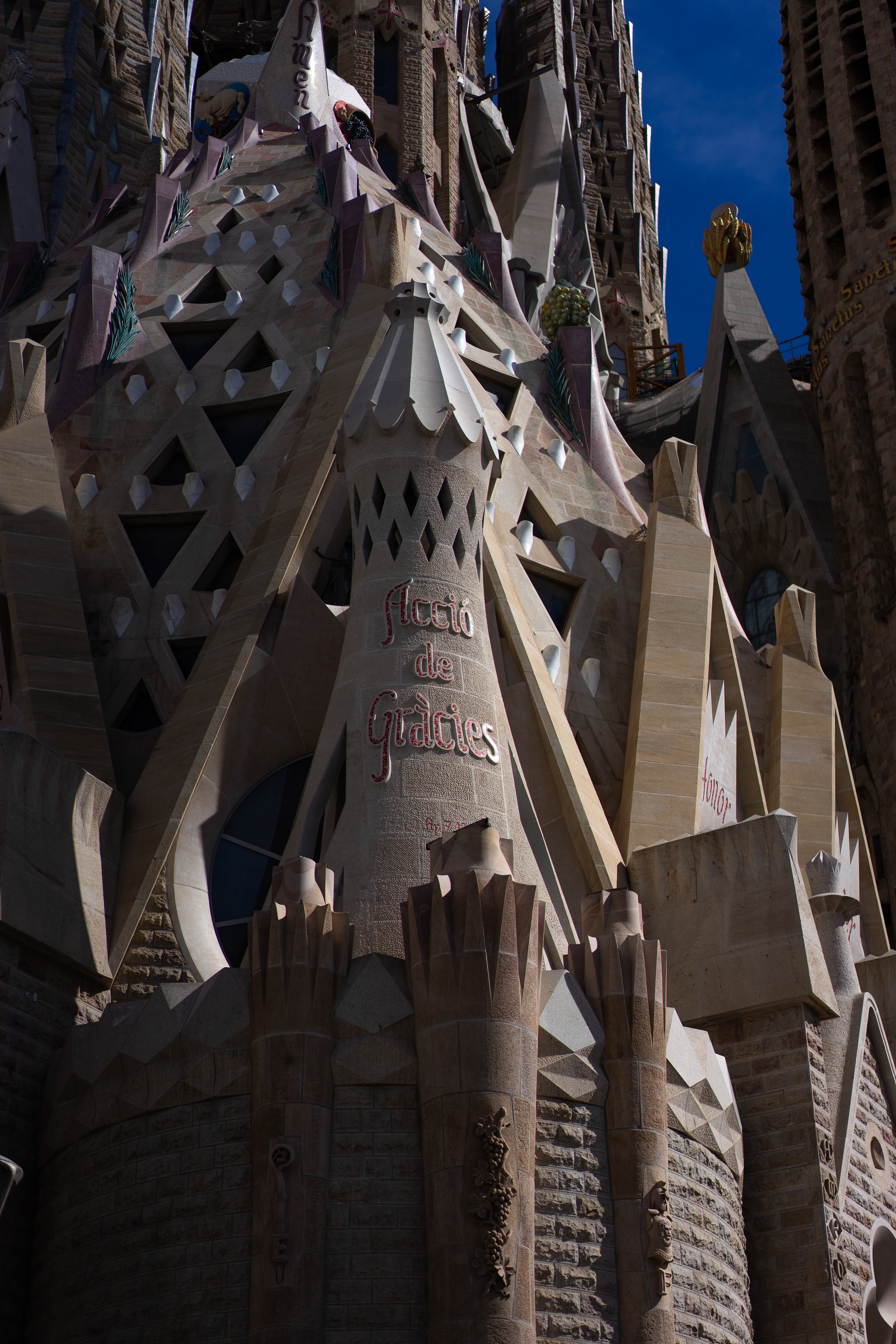
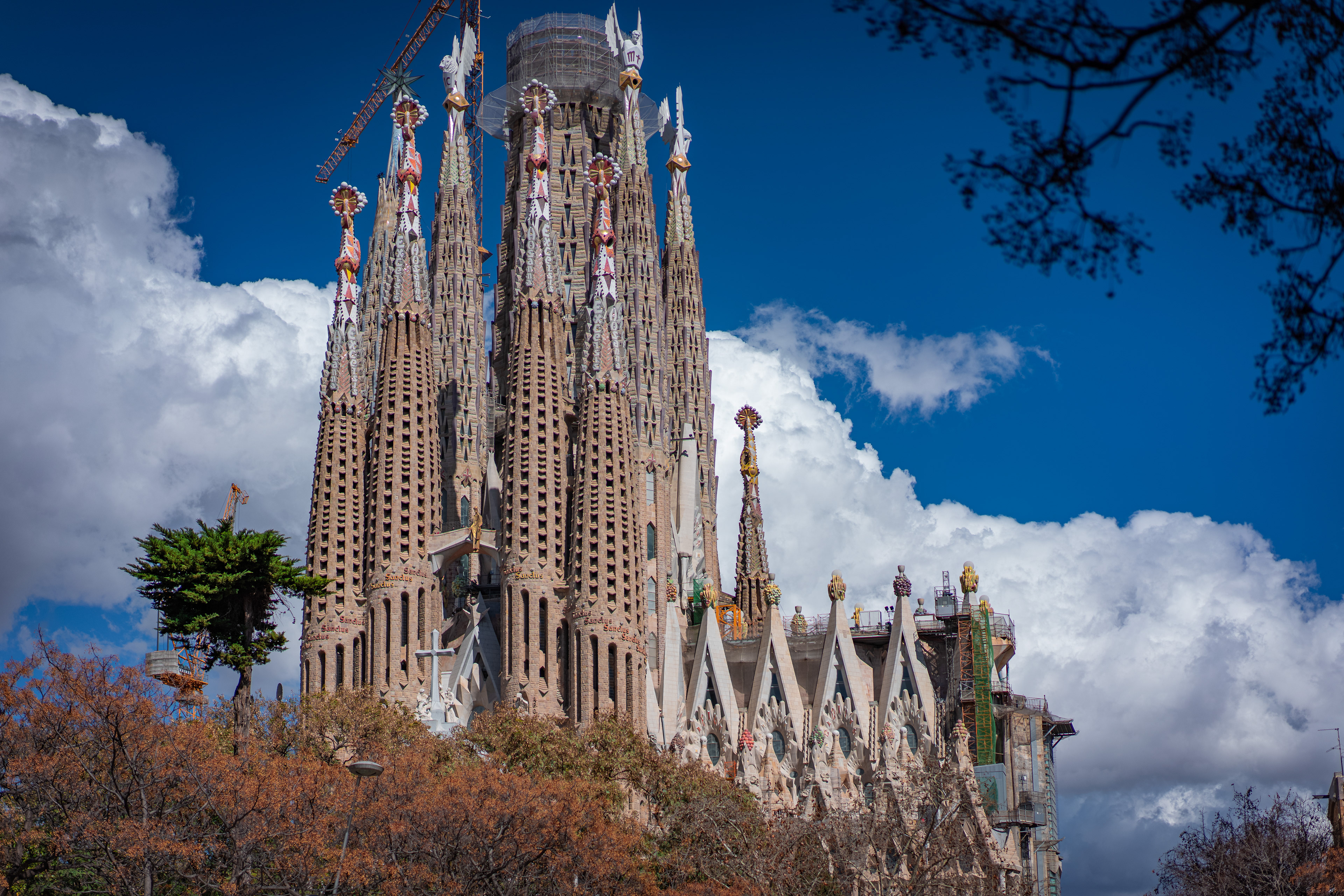
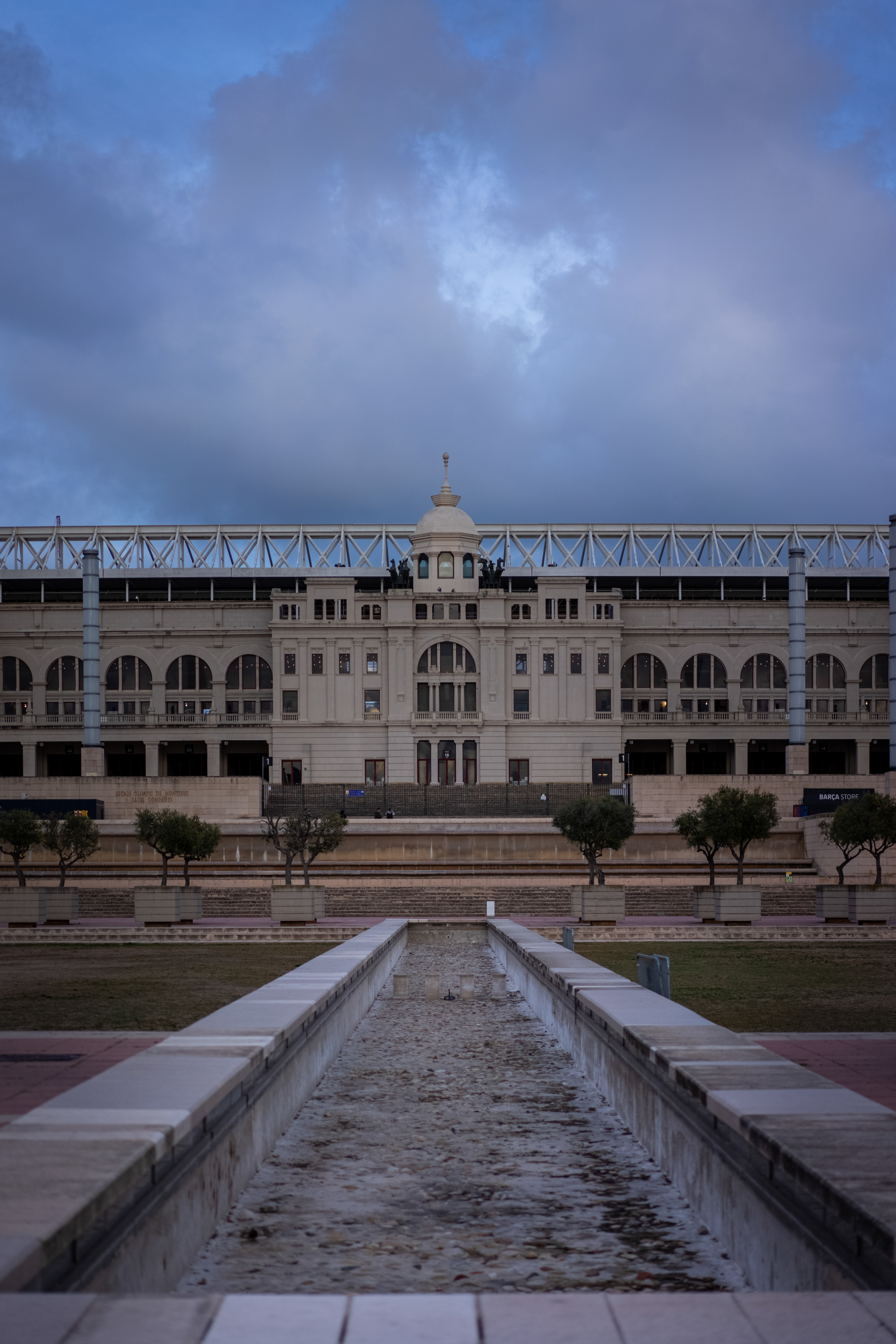
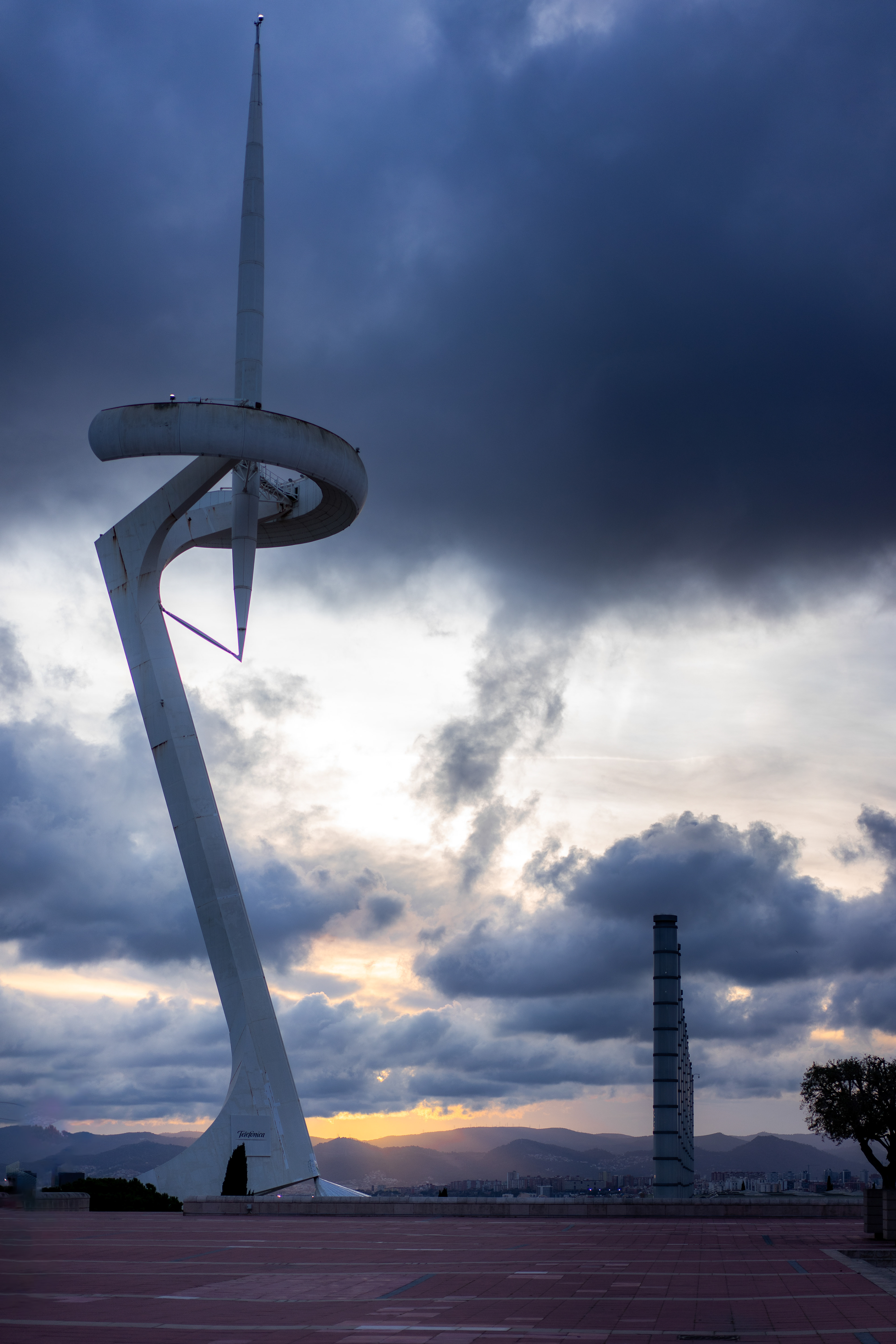
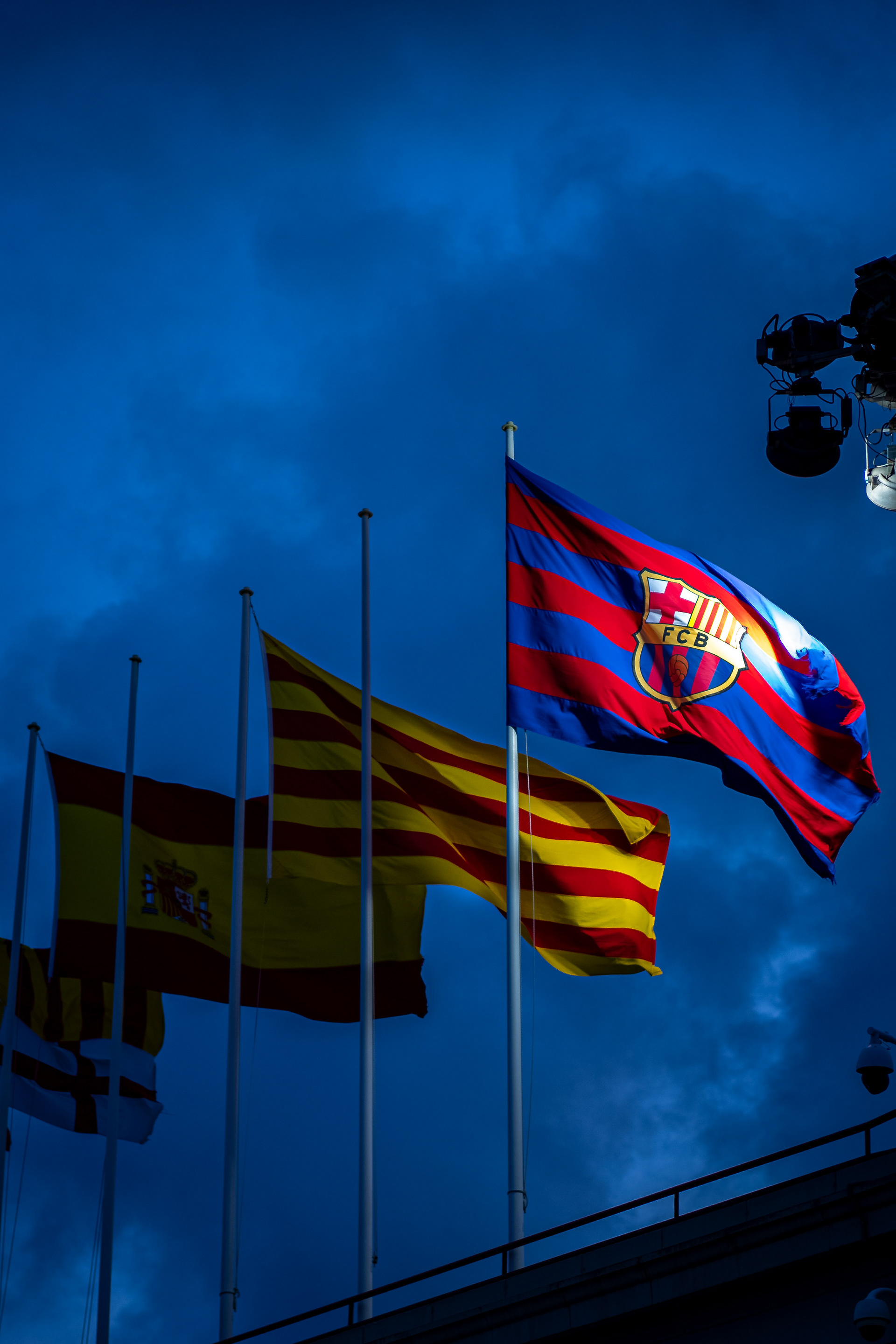
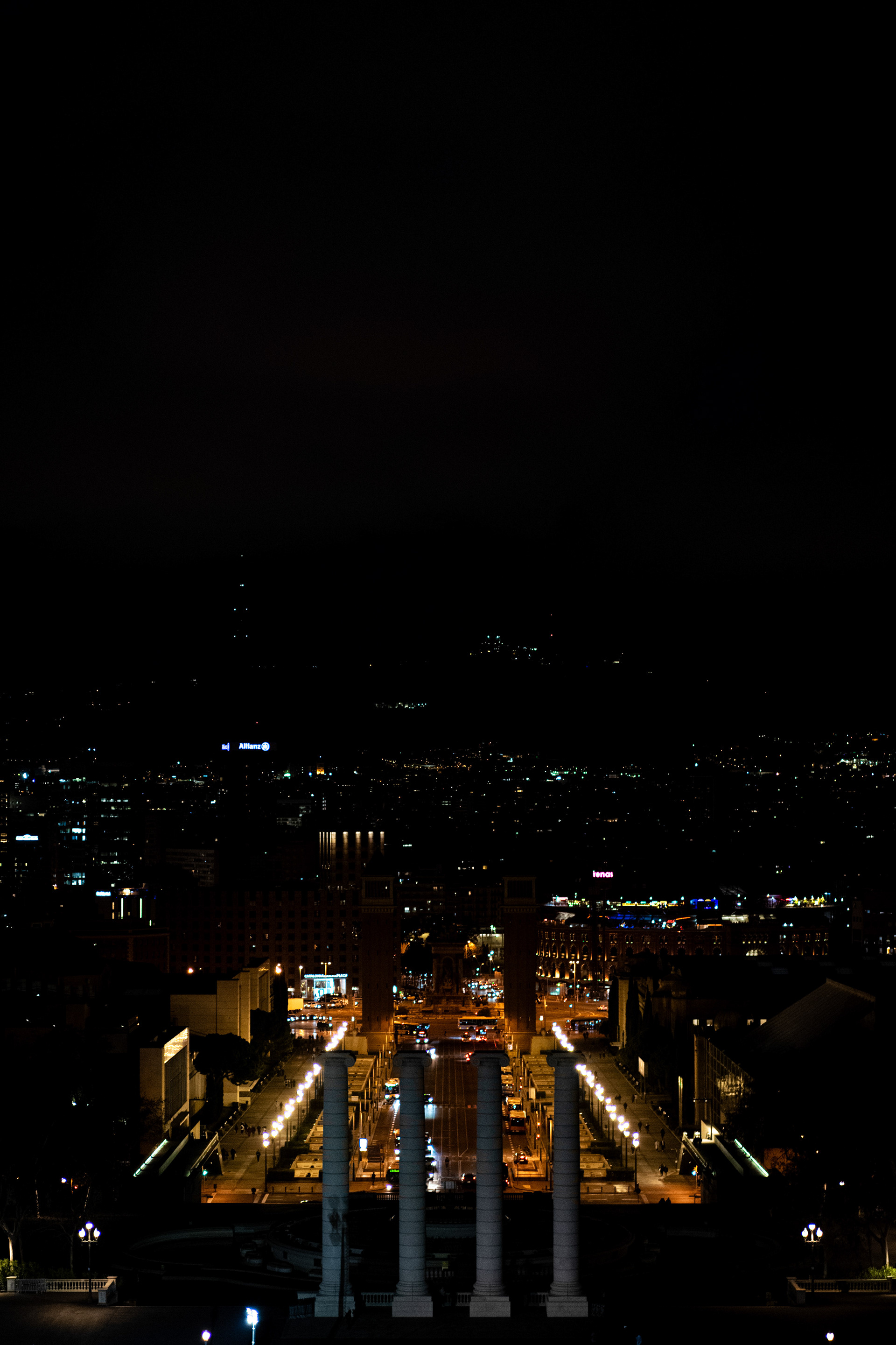
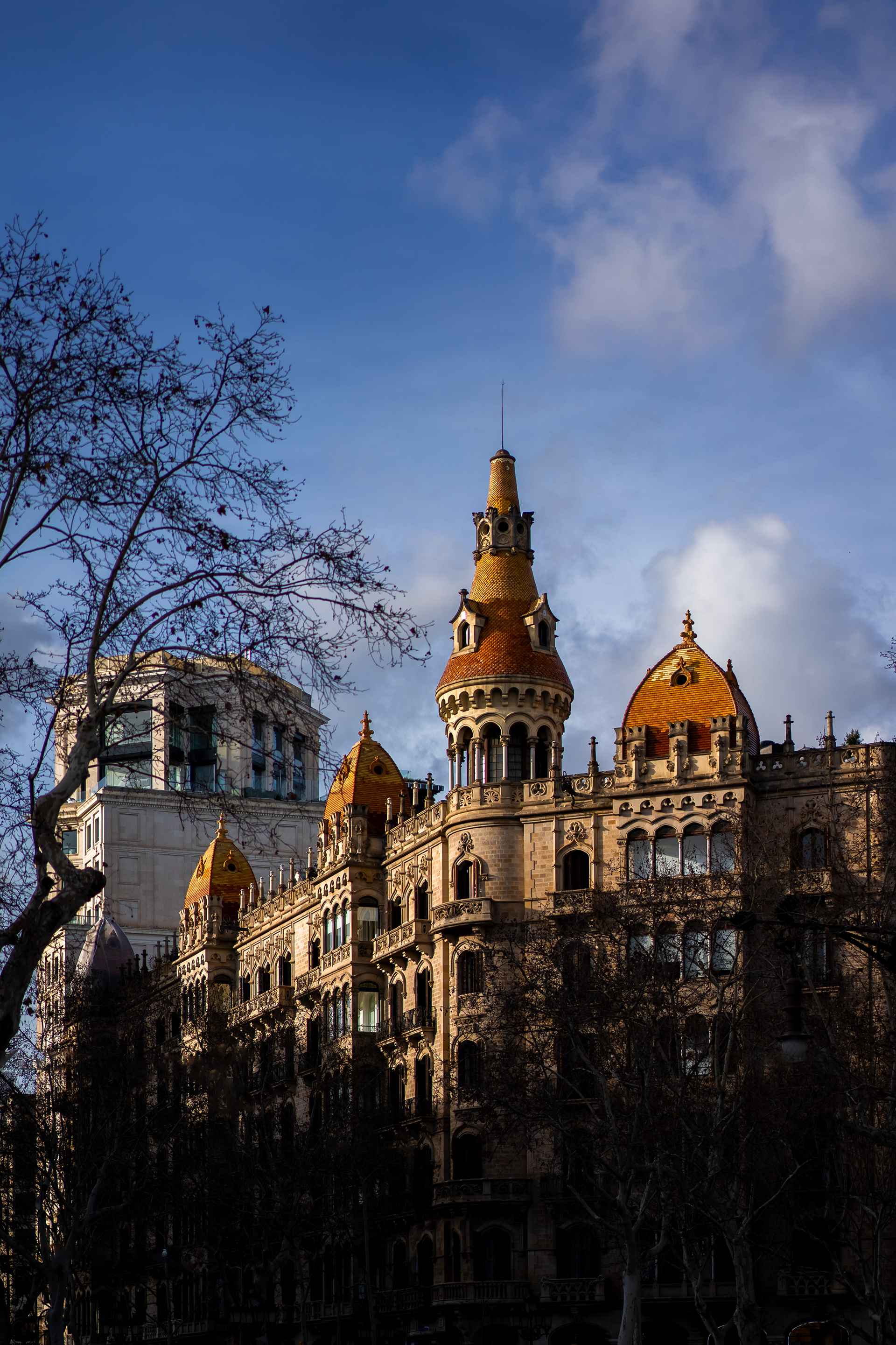

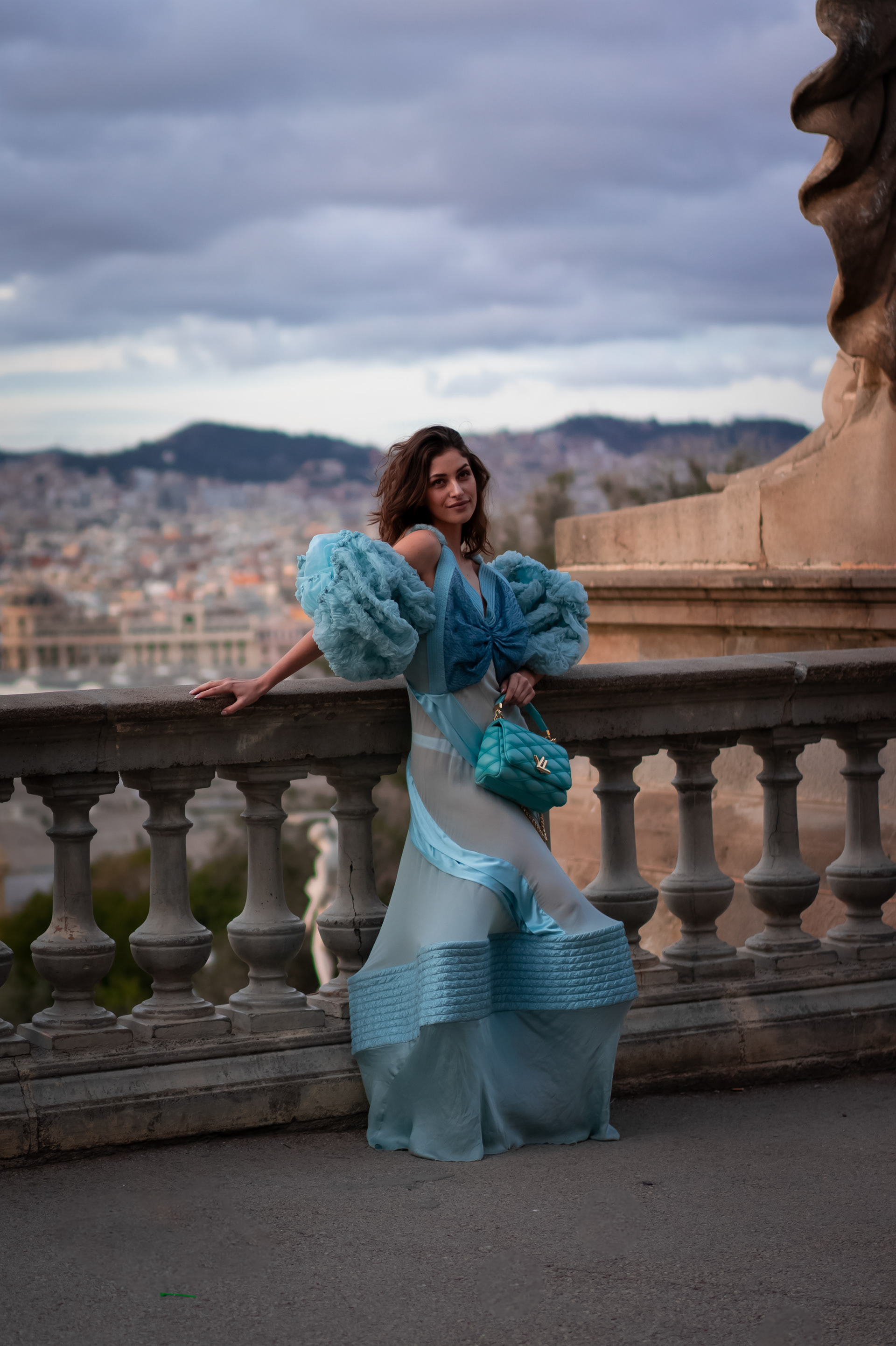
The first mention of the Boqueria market in Barcelona dates from 1217, when tables were installed near the old city gate to sell meat. From December 1470 onwards, a pig market was held at this site; at this time it was known as Mercadi Bornet. Later, until 1794, it was known simply as Mercat de la Palla, or straw market.
In the beginning, the market was not enclosed and had no official status, being regarded simply as an extension of the Plaça Nova market, which extended to the Plaça del Pi. The current name is believed to derive from the Catalan boc, meaning "goat", therefore a boqueria would be a place where goat meat is sold.


